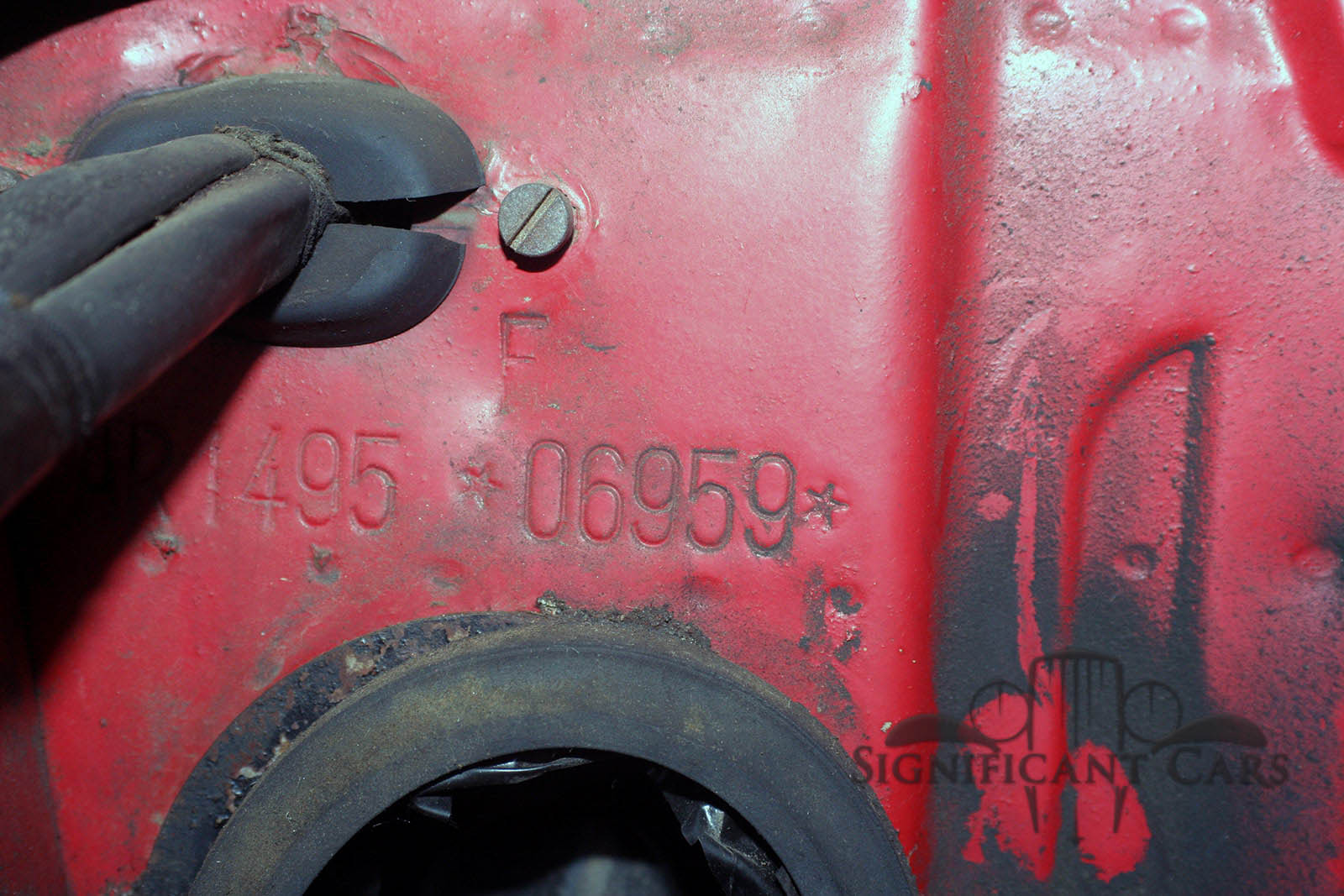
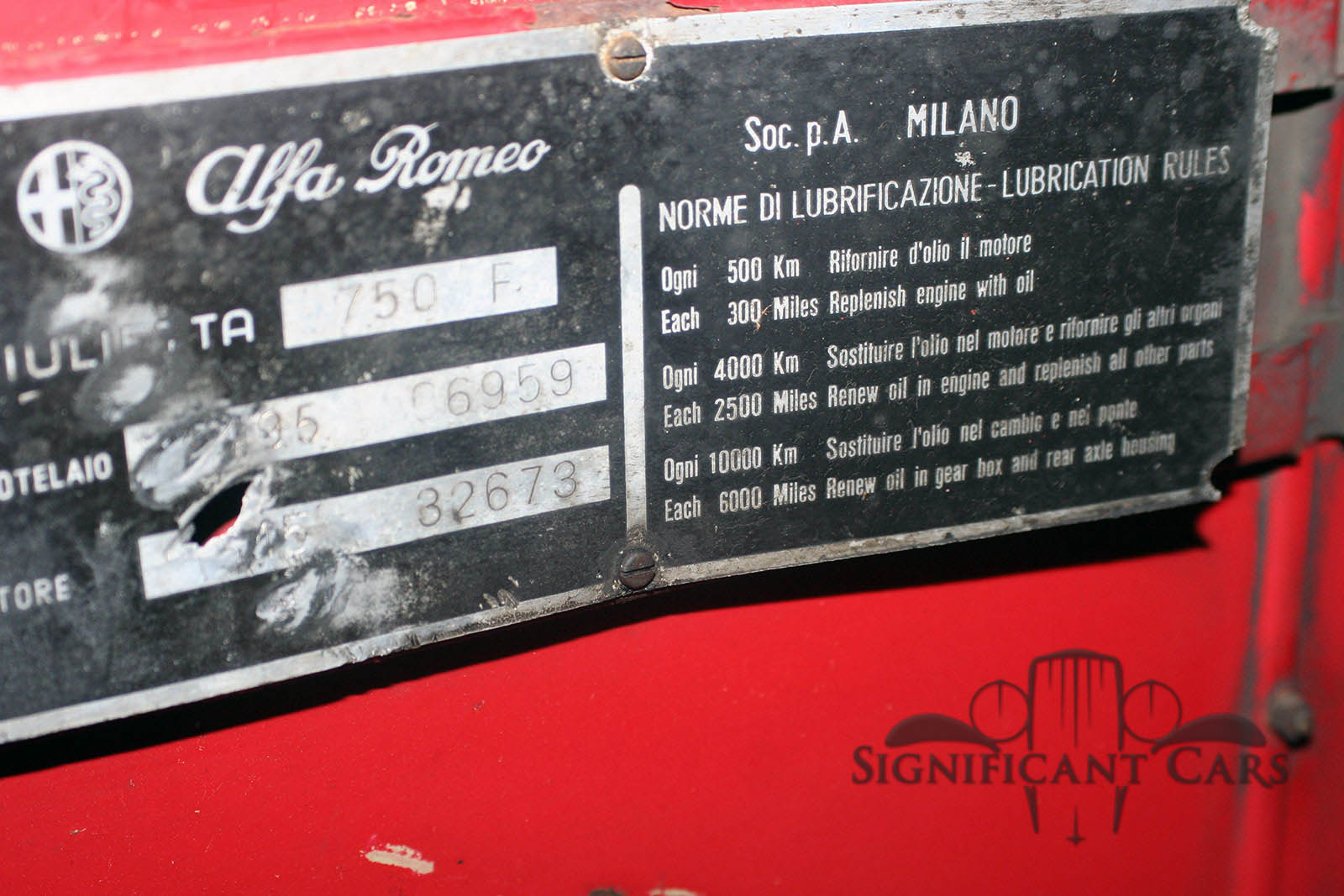
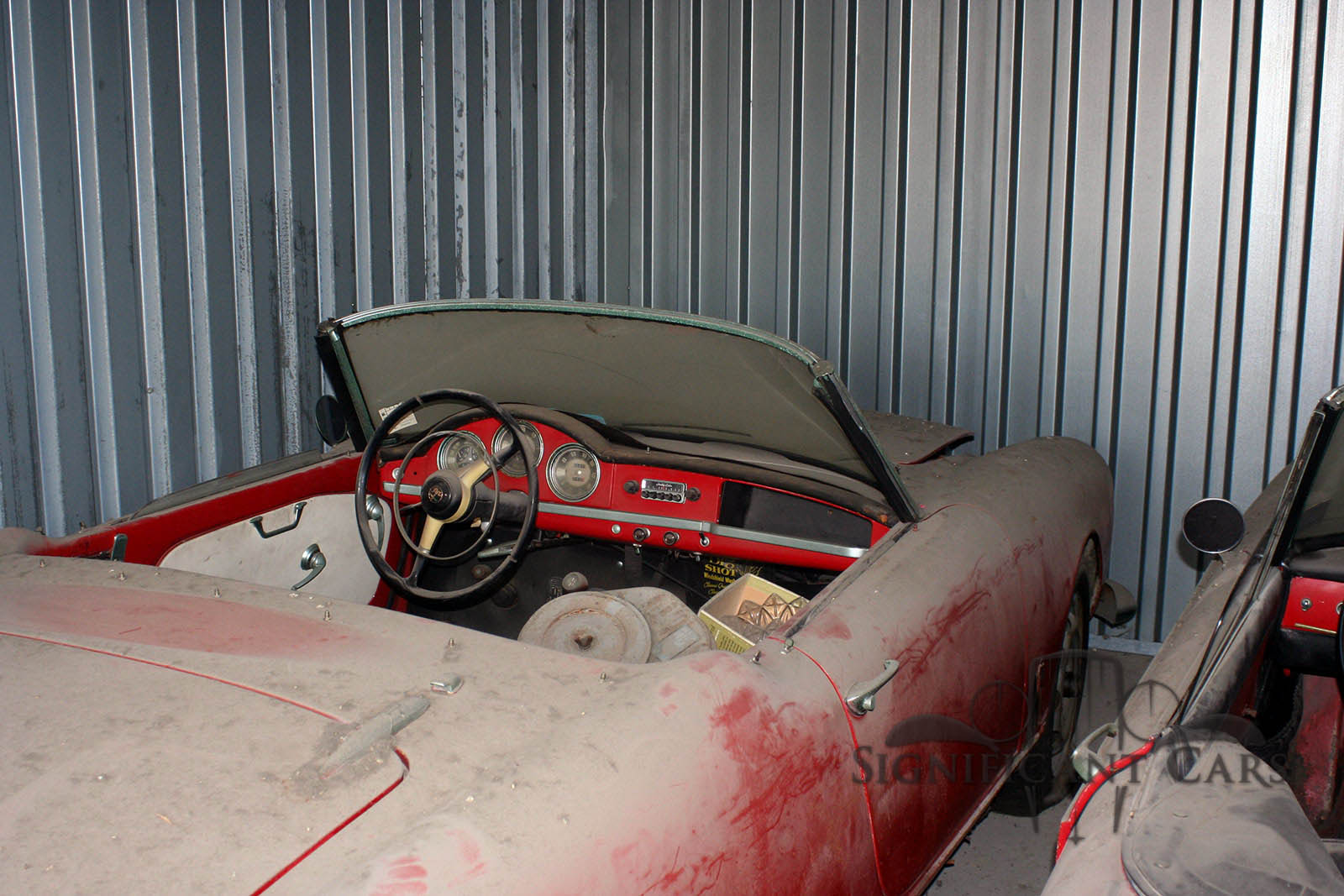
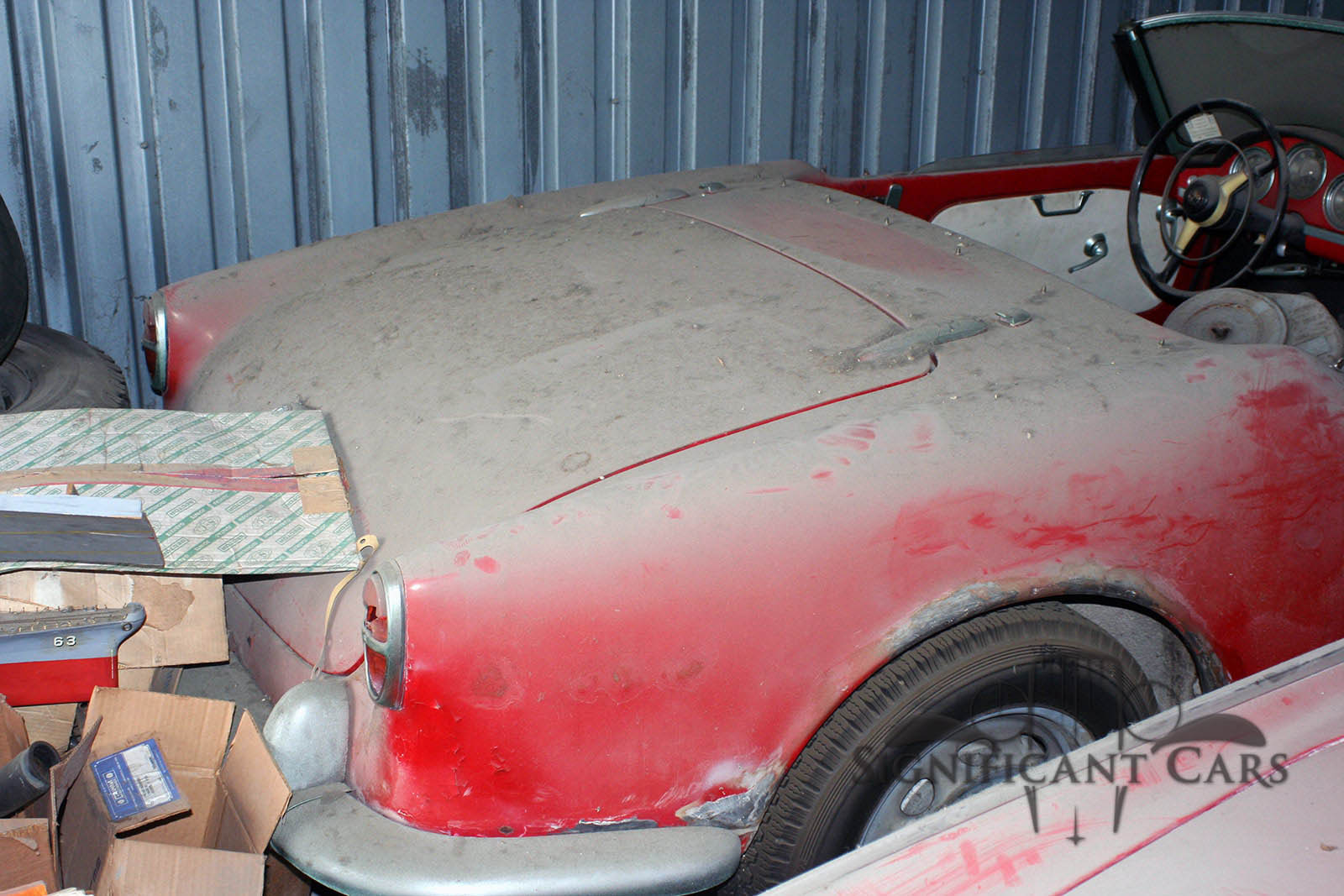
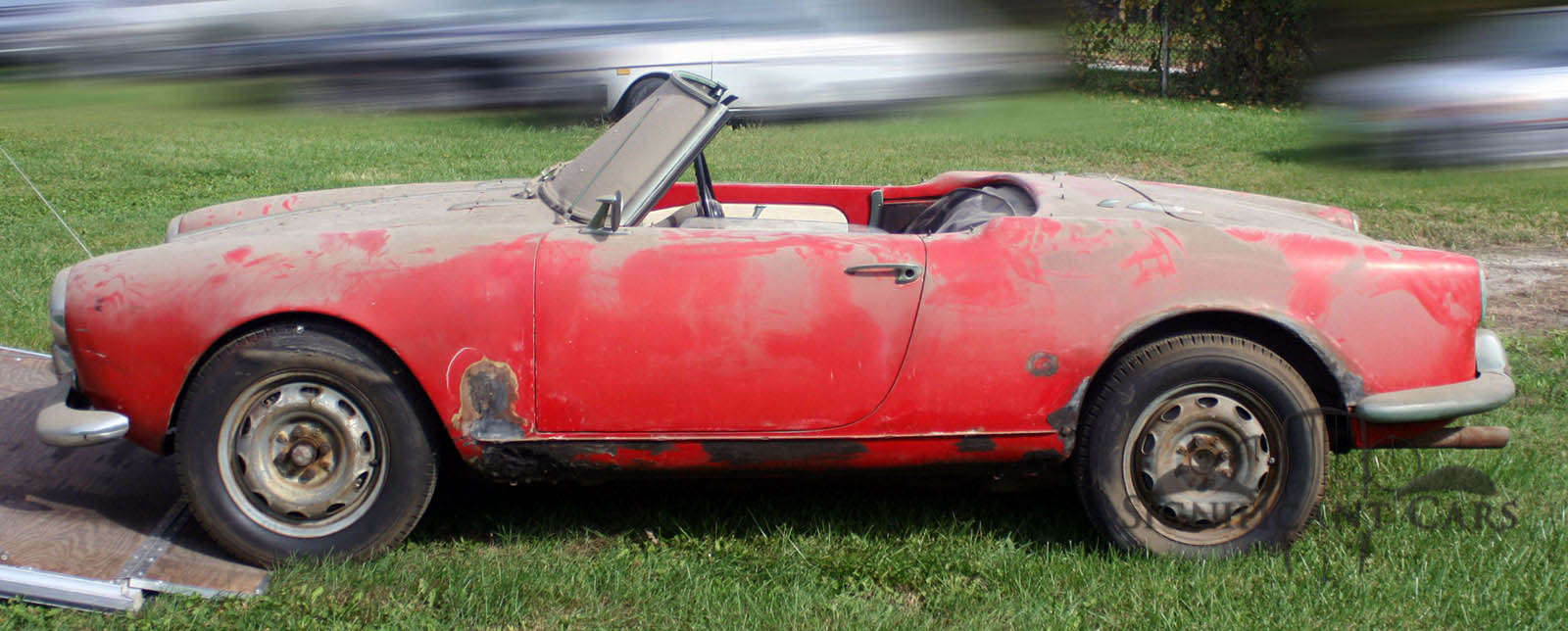
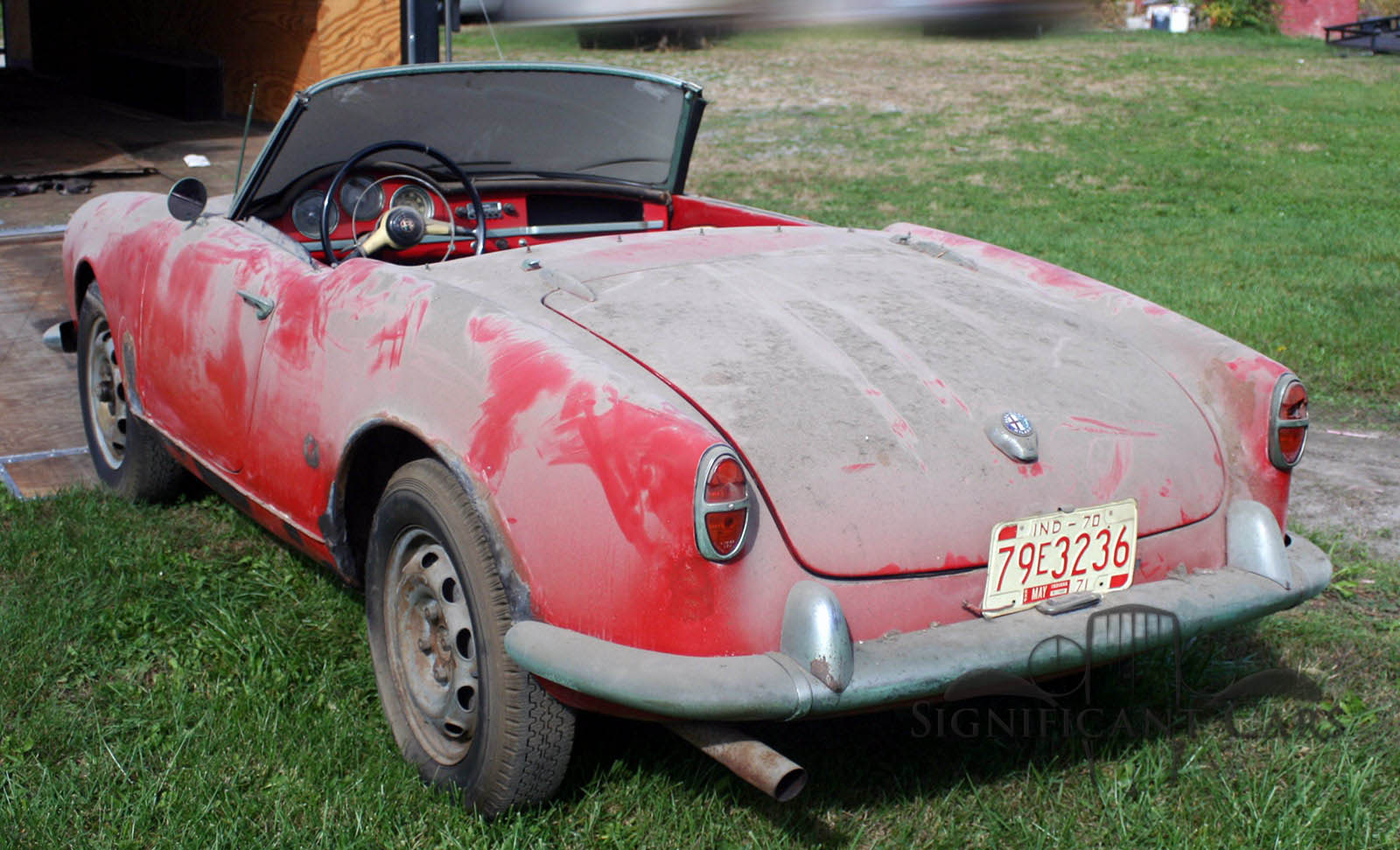
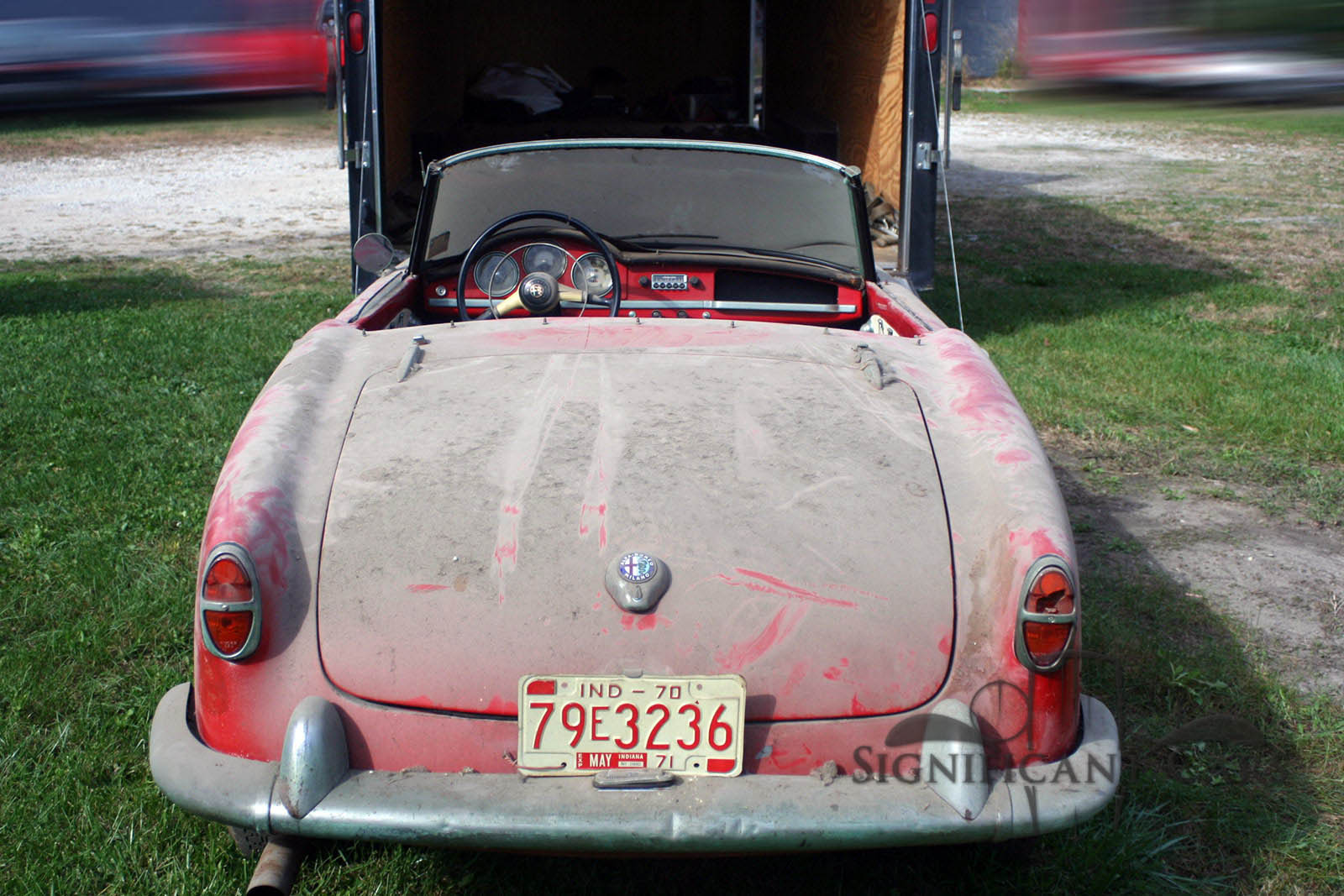
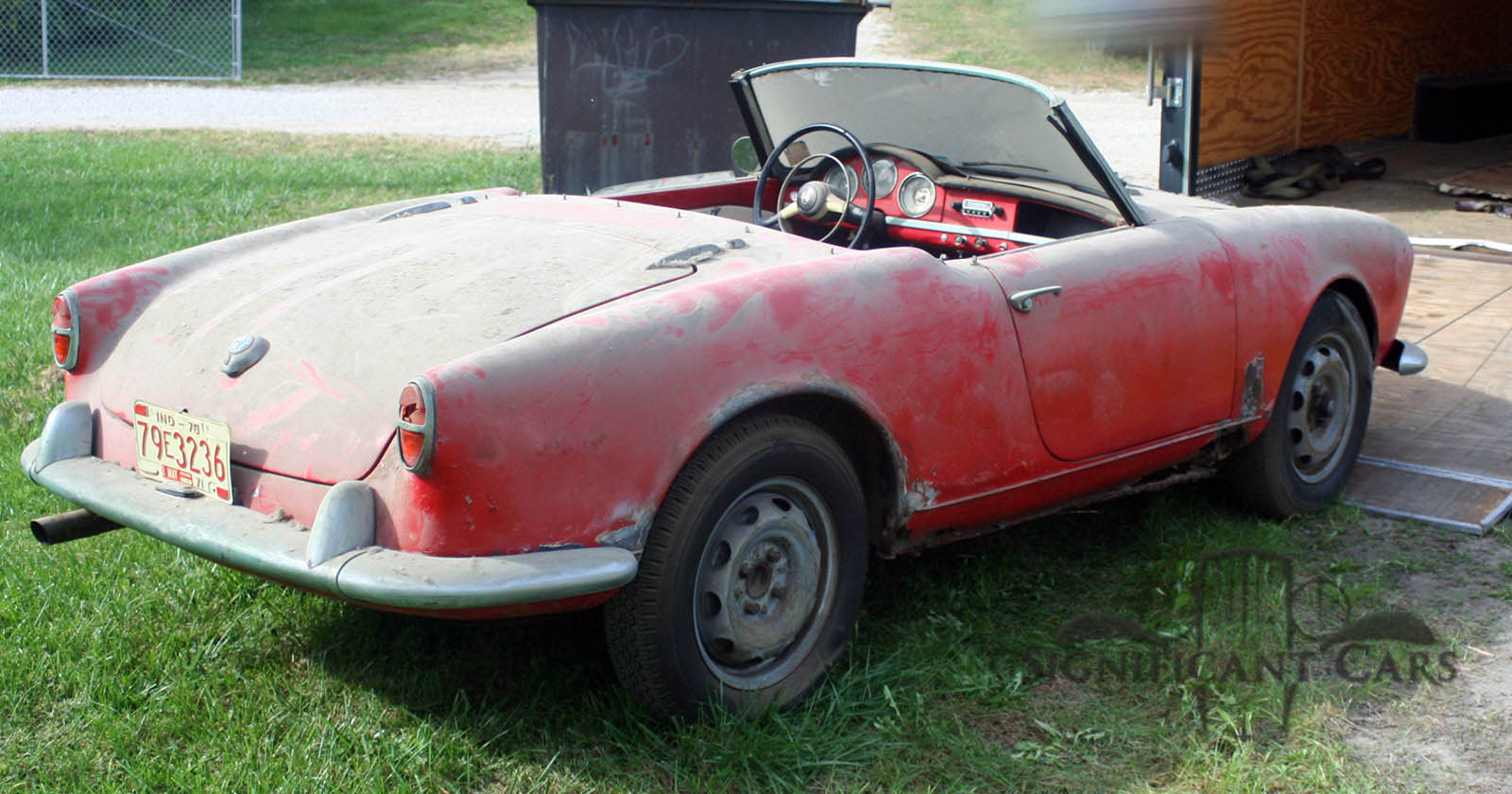
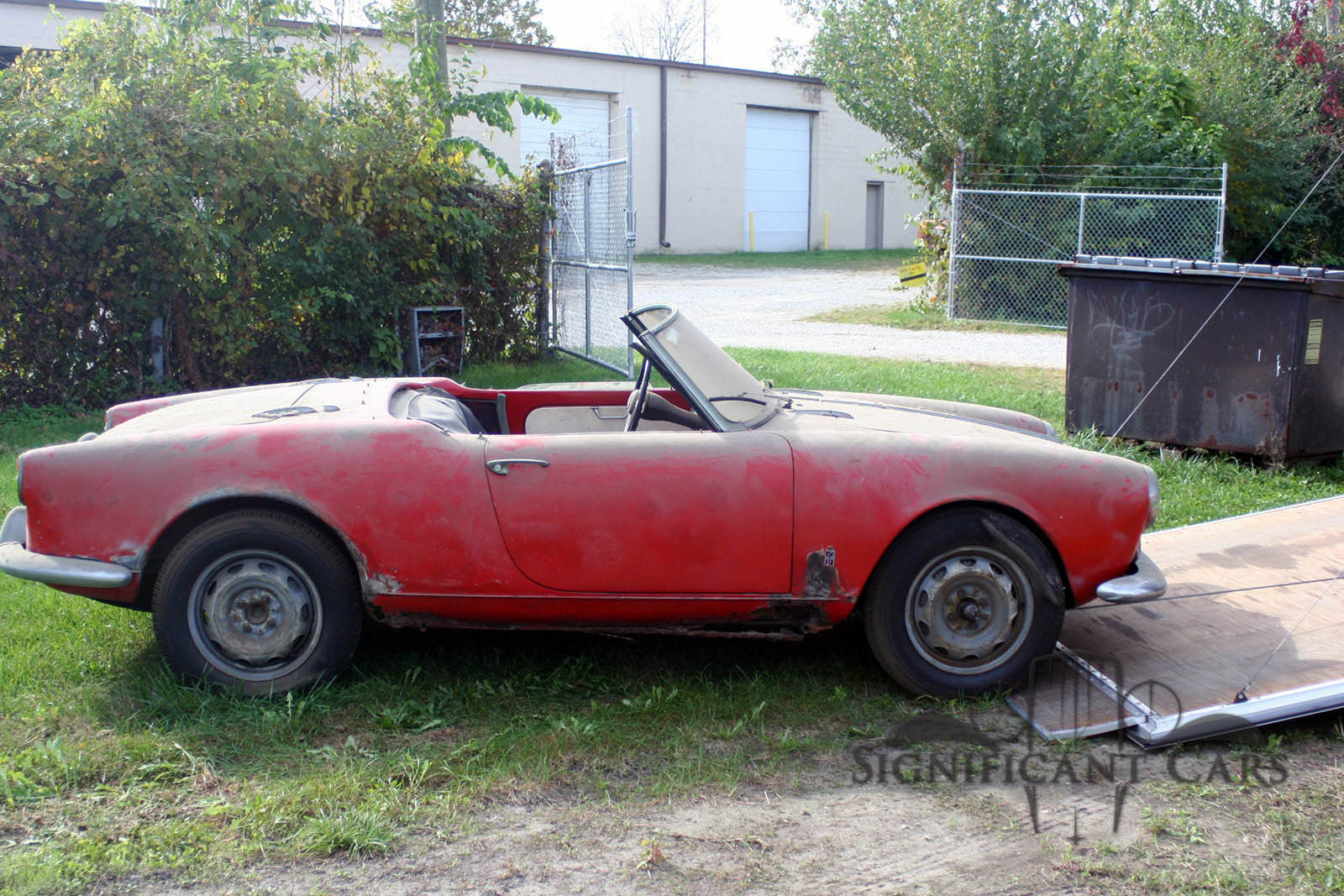
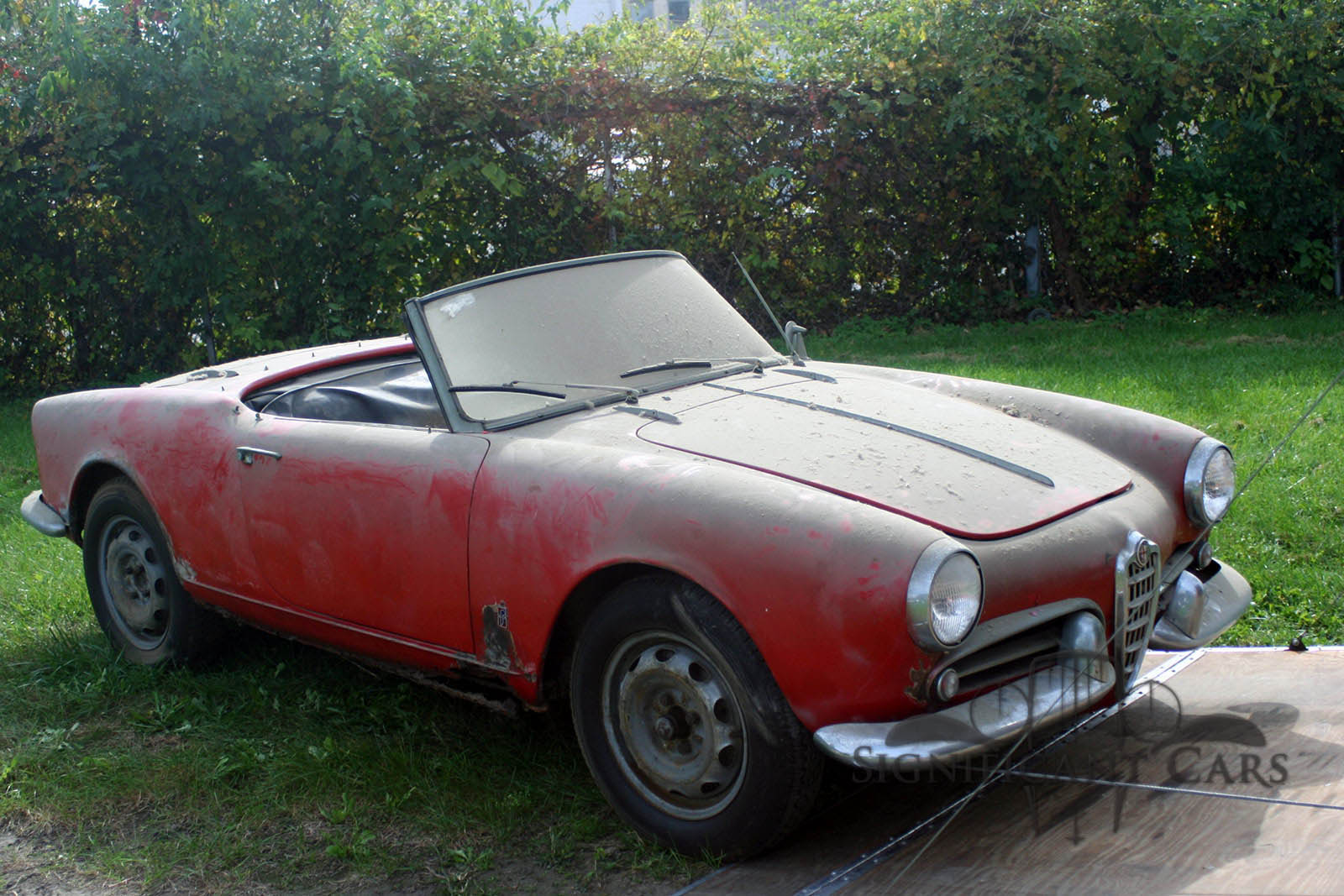
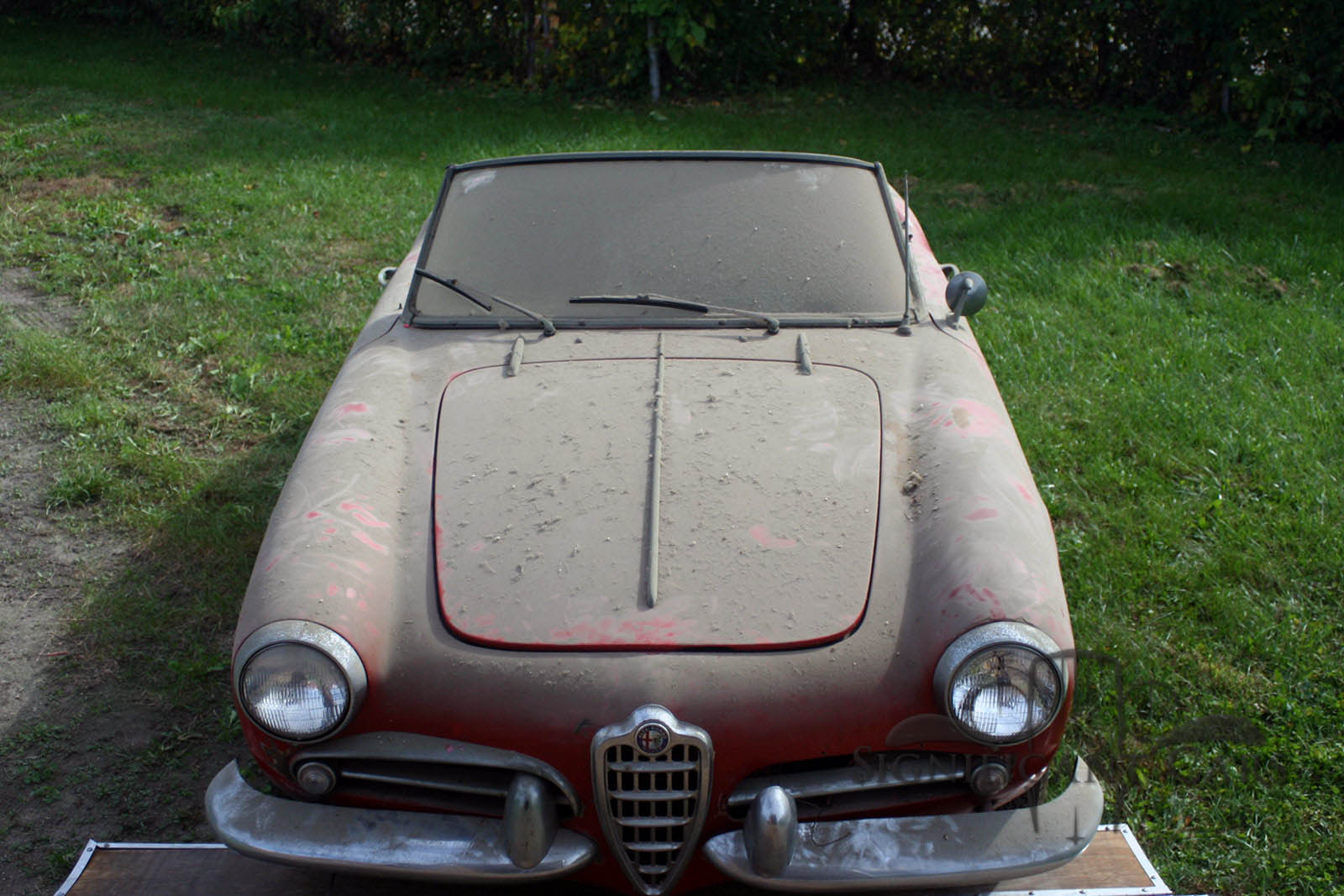
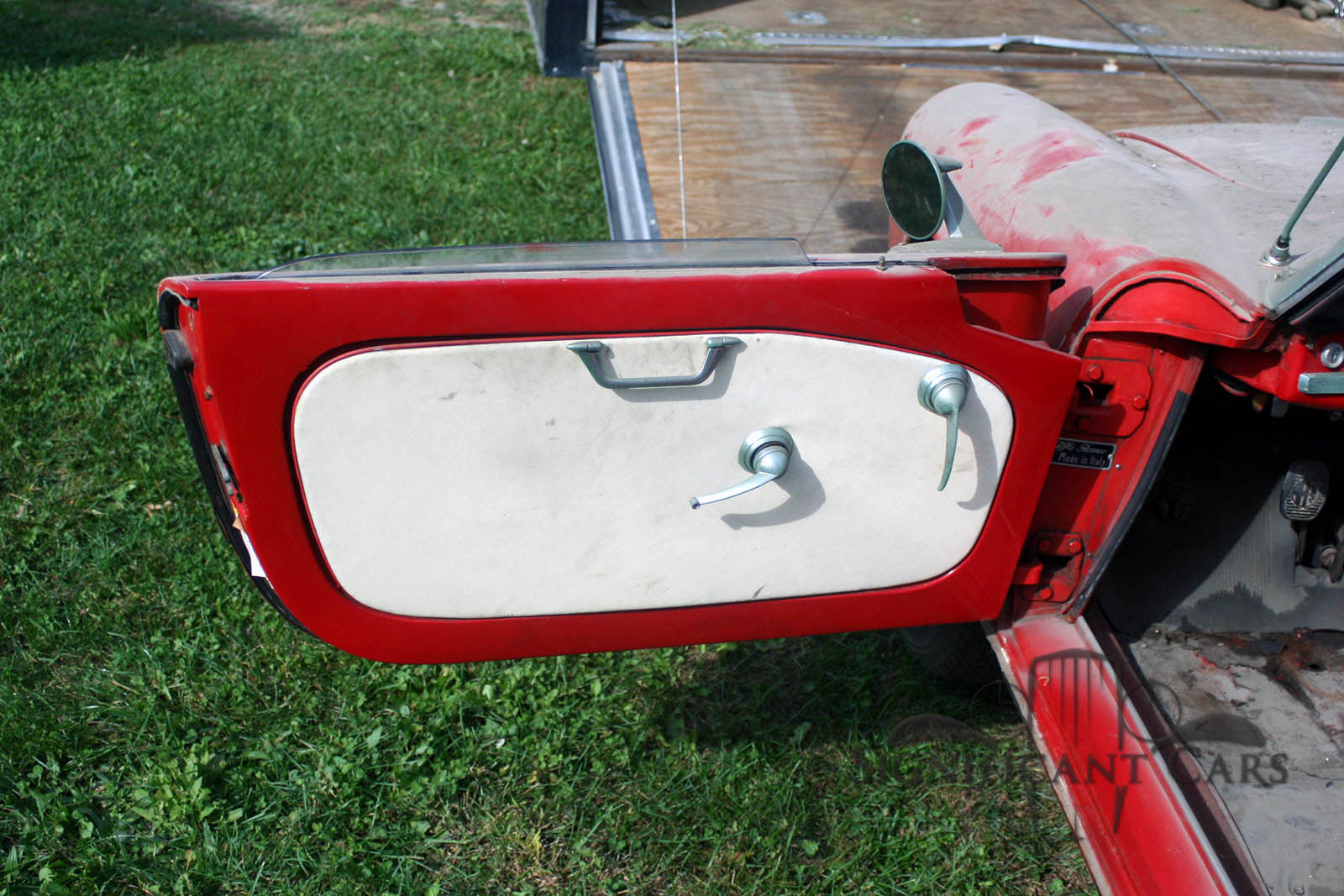
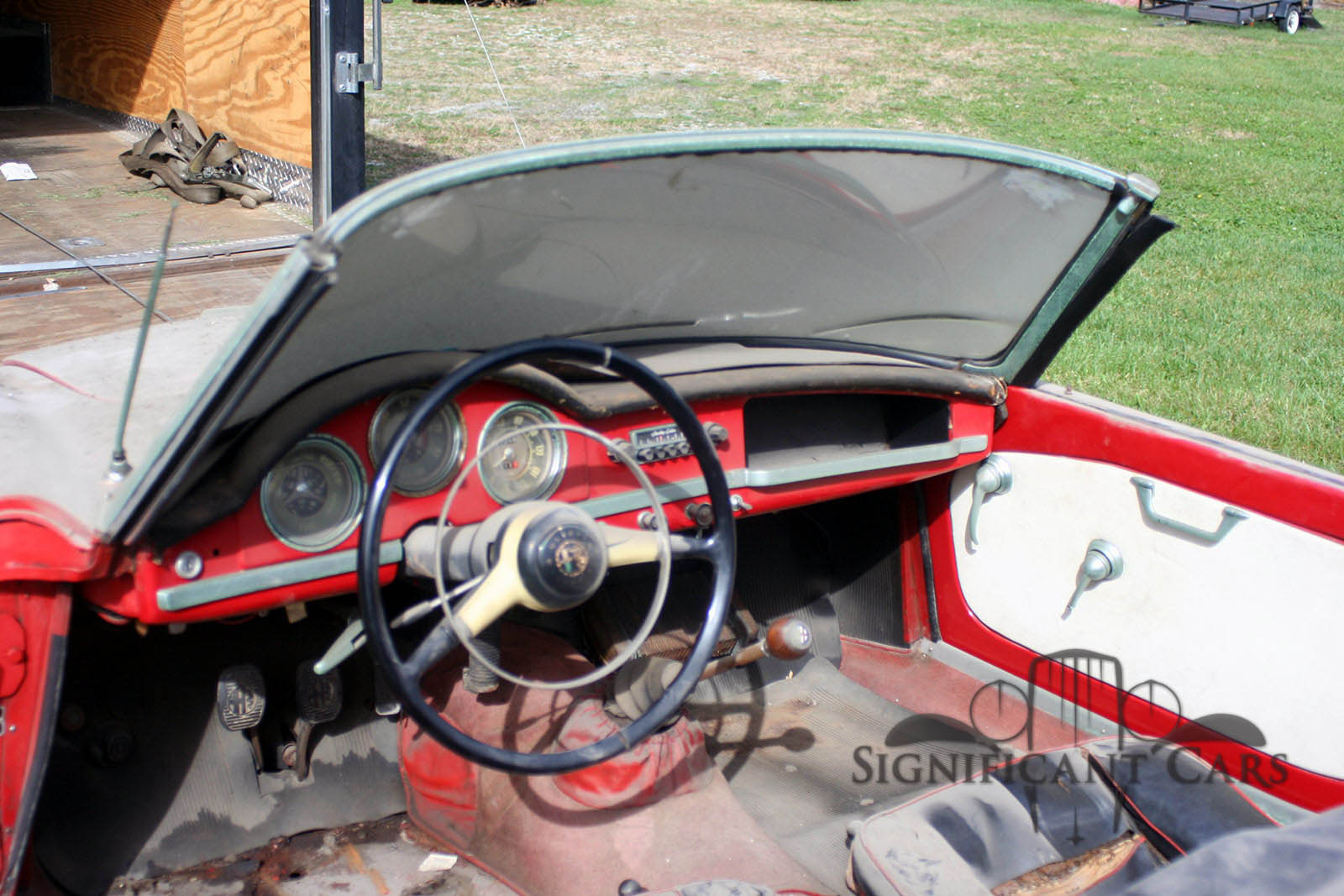
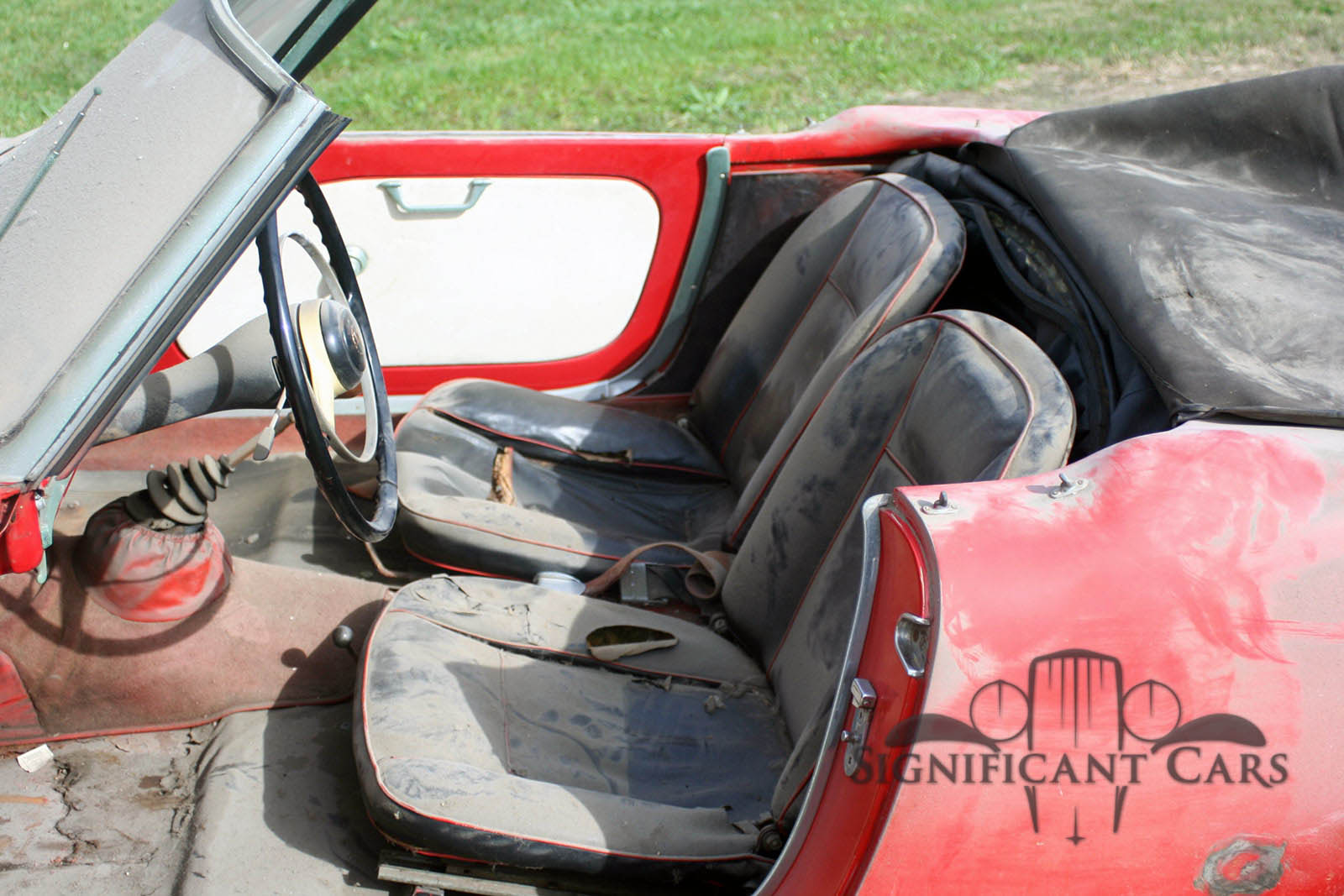
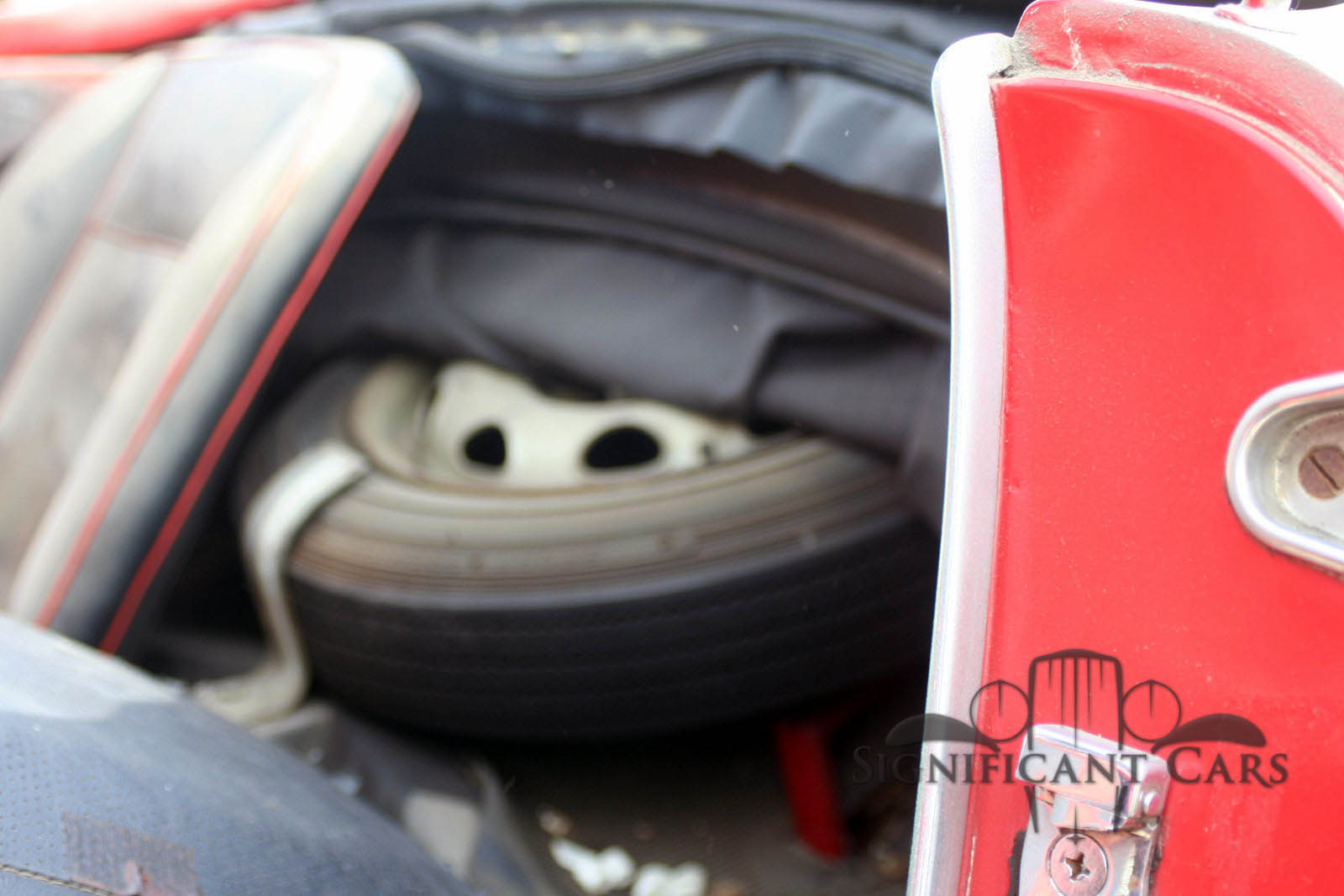
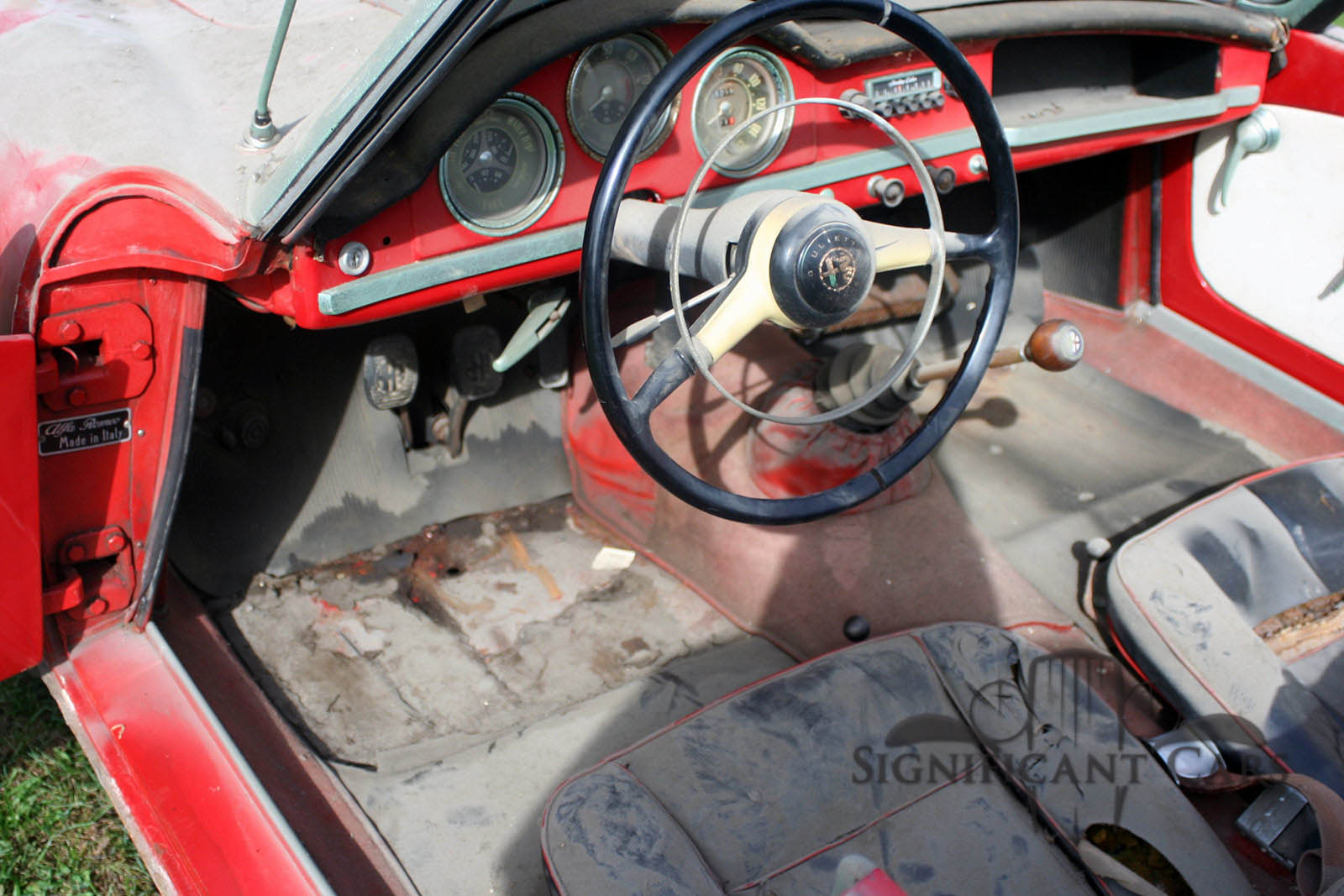
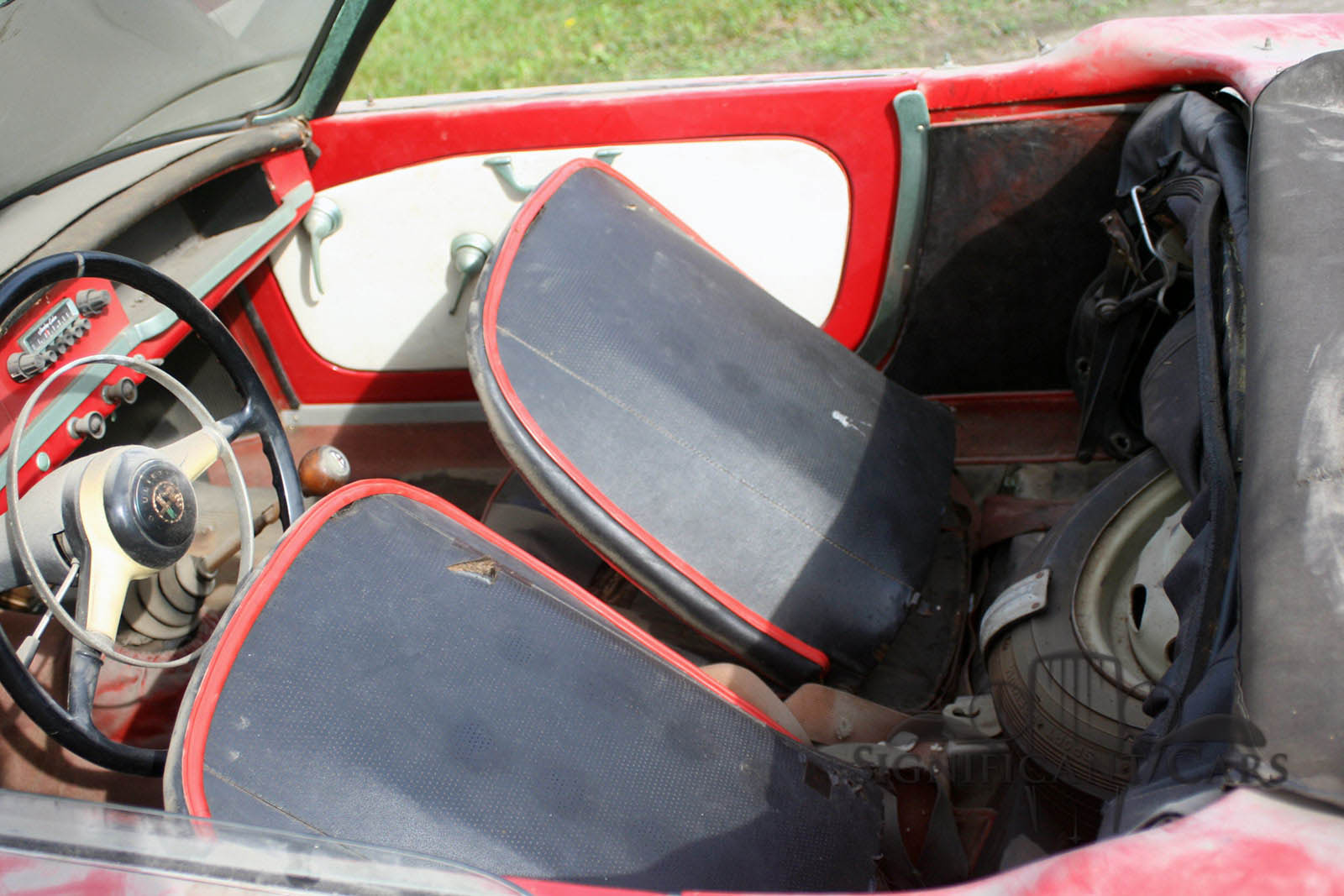
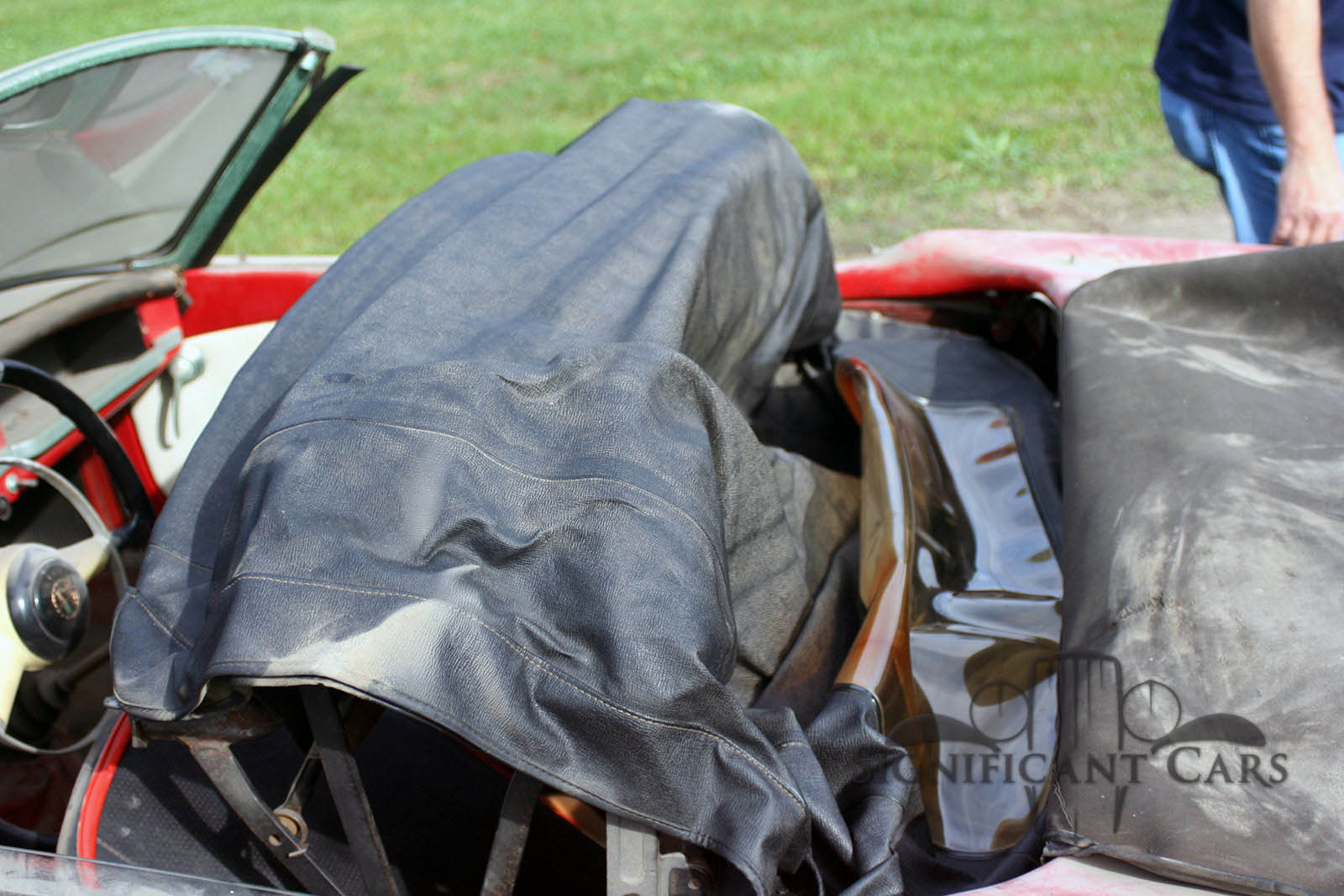
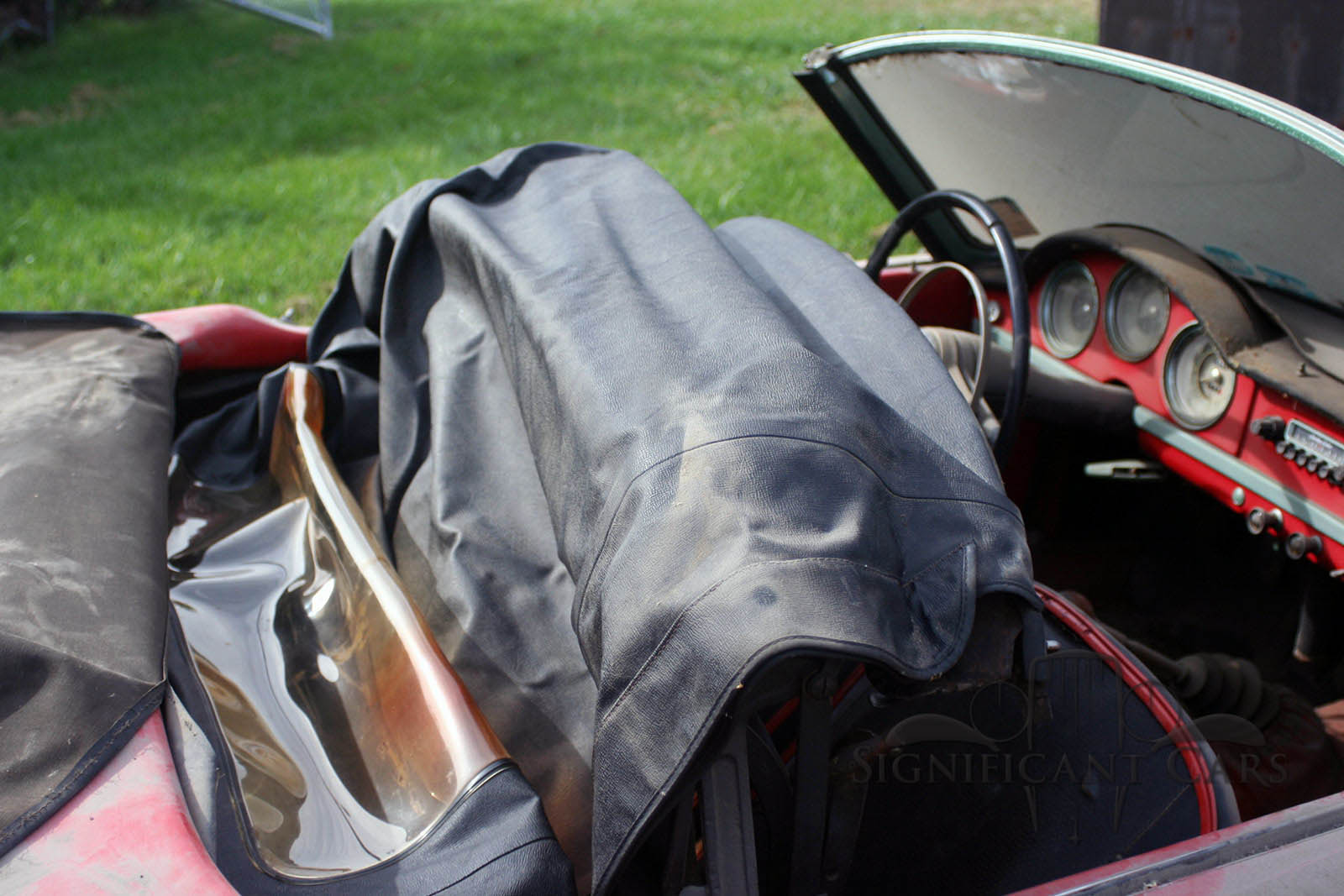
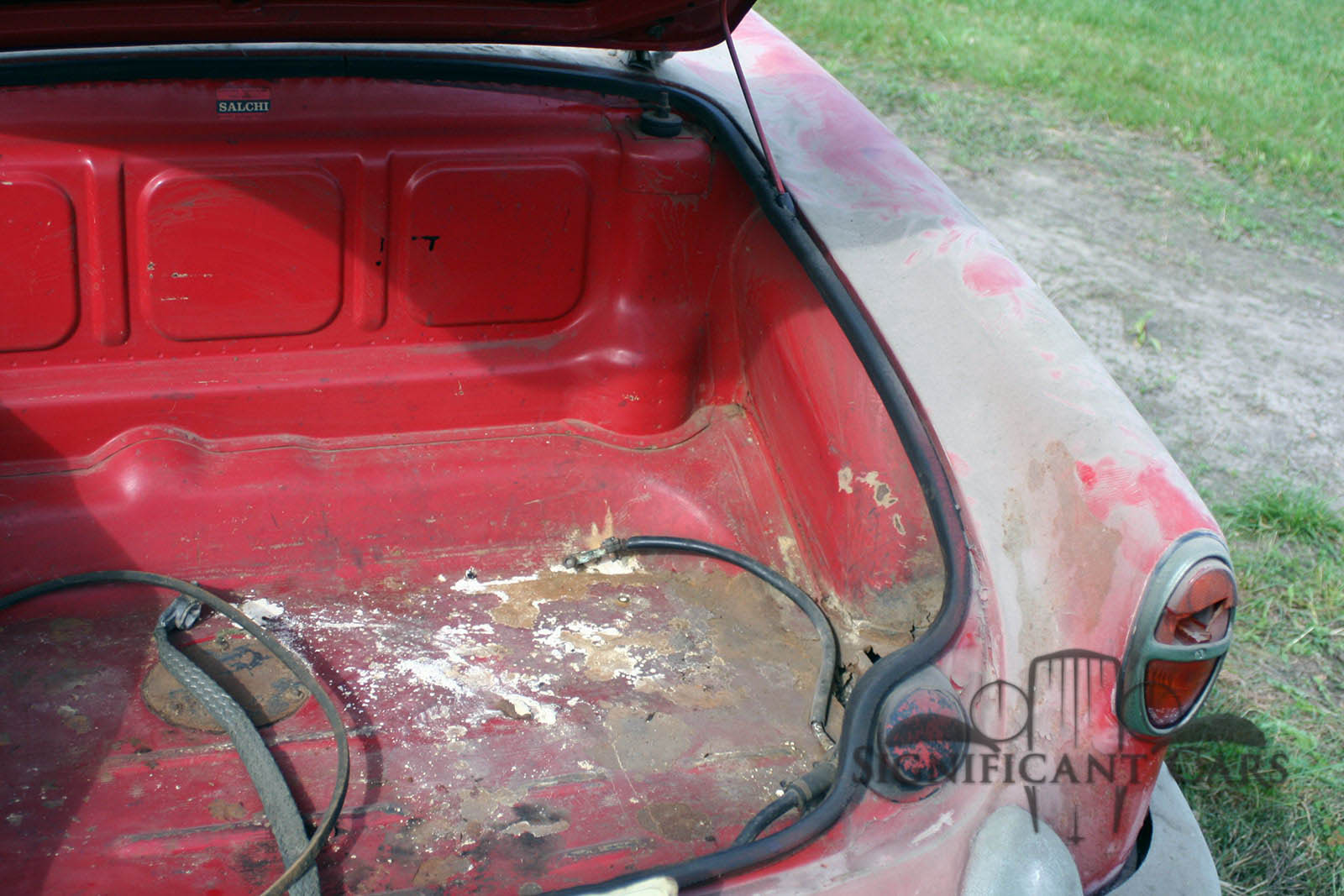
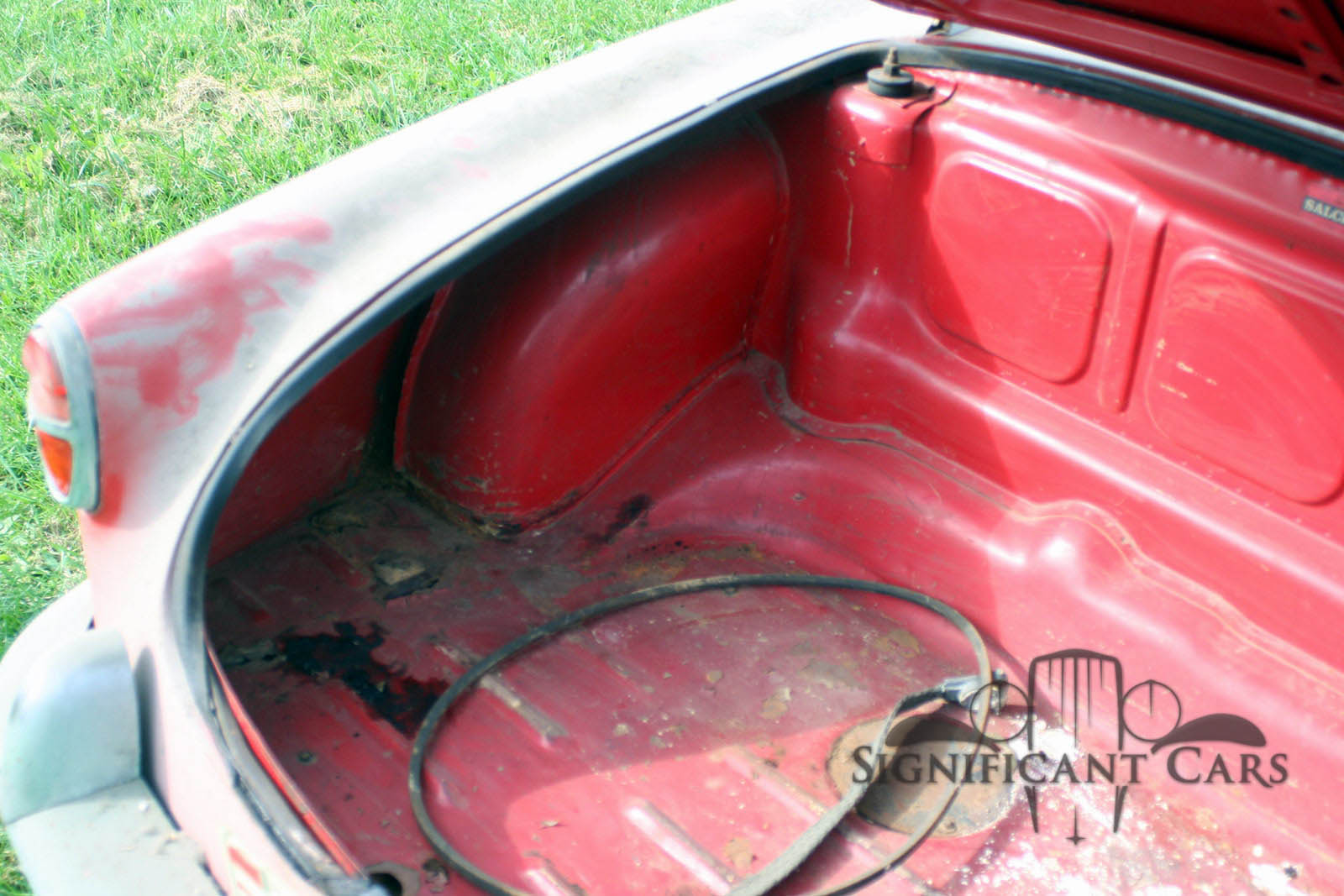
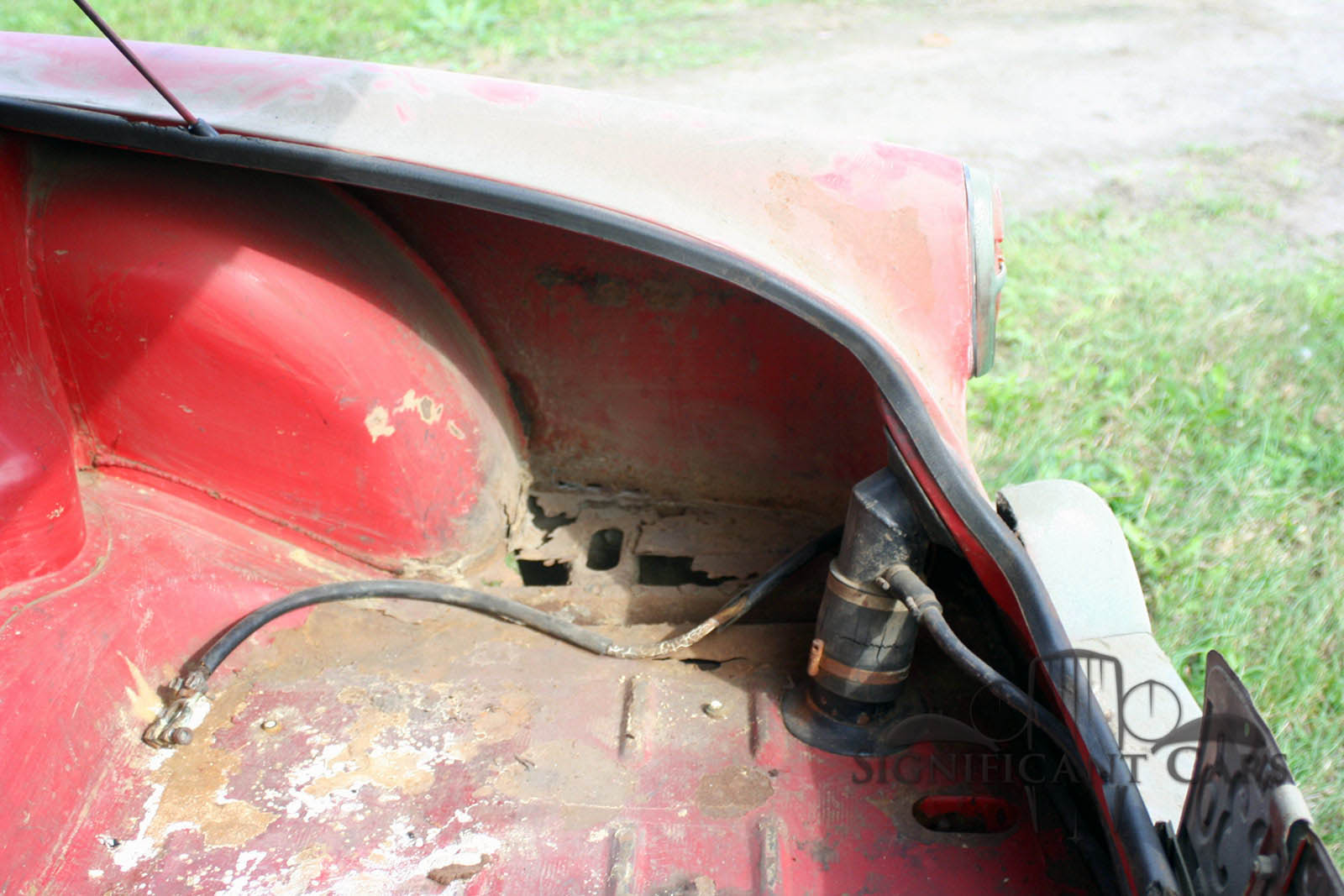
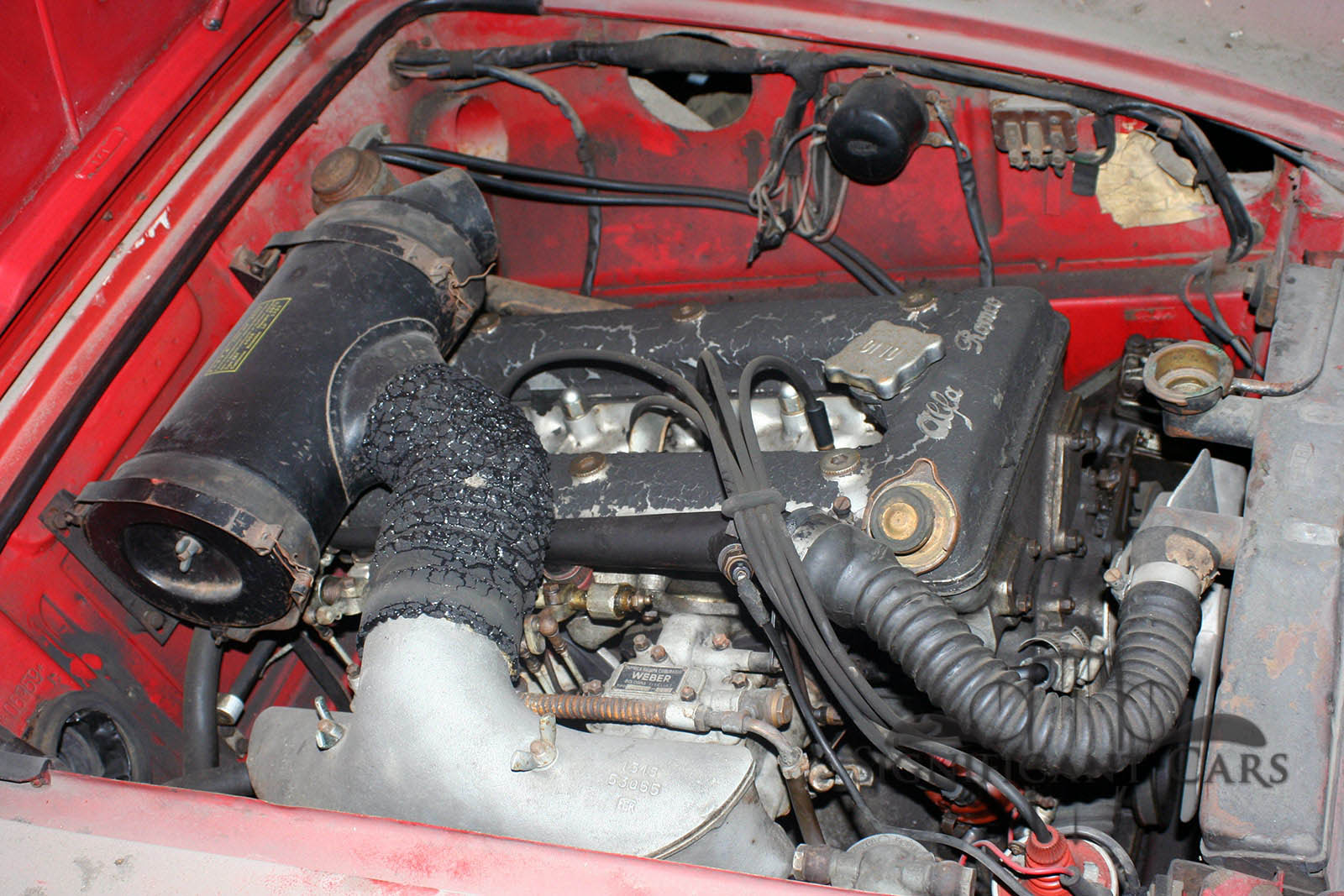
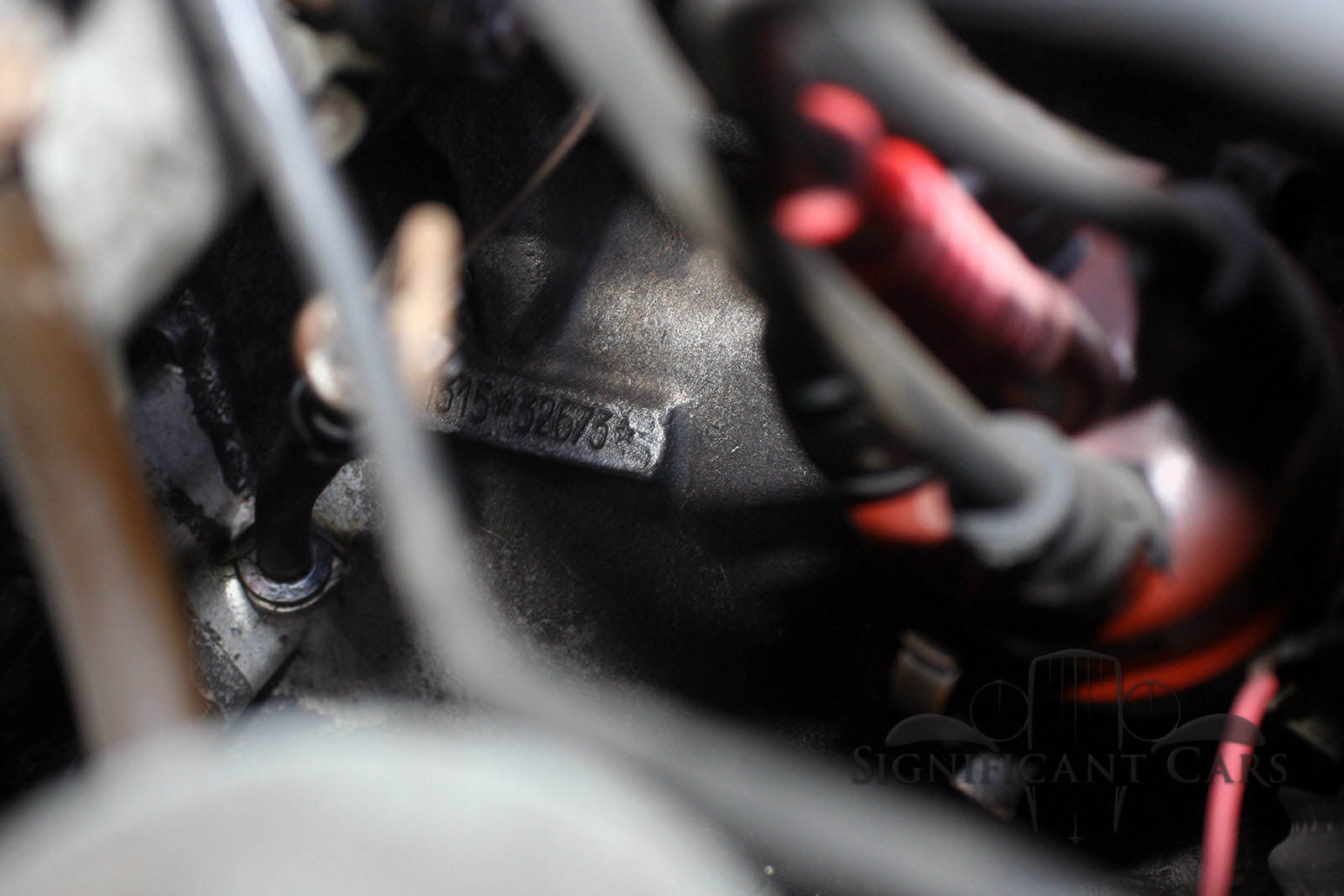
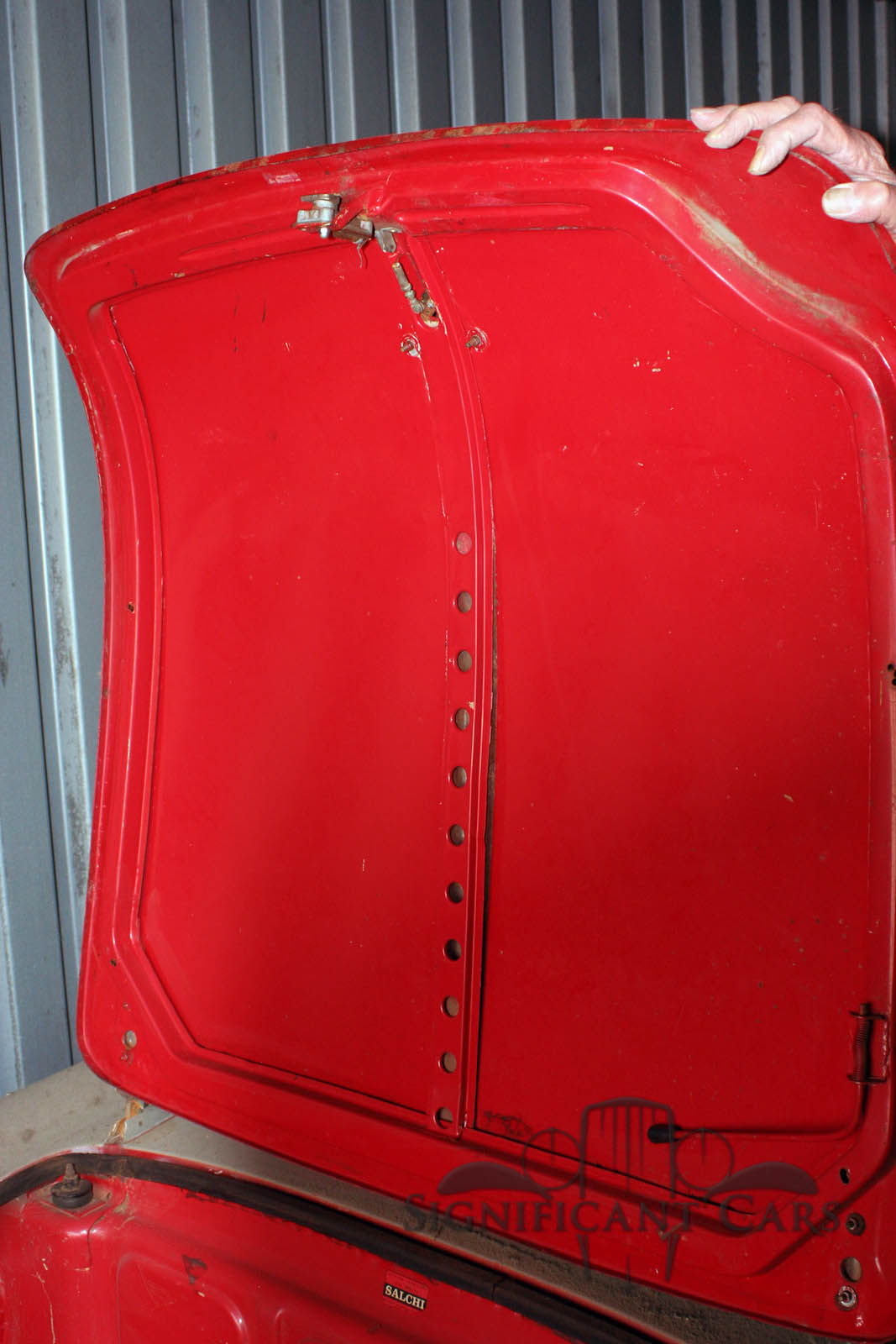
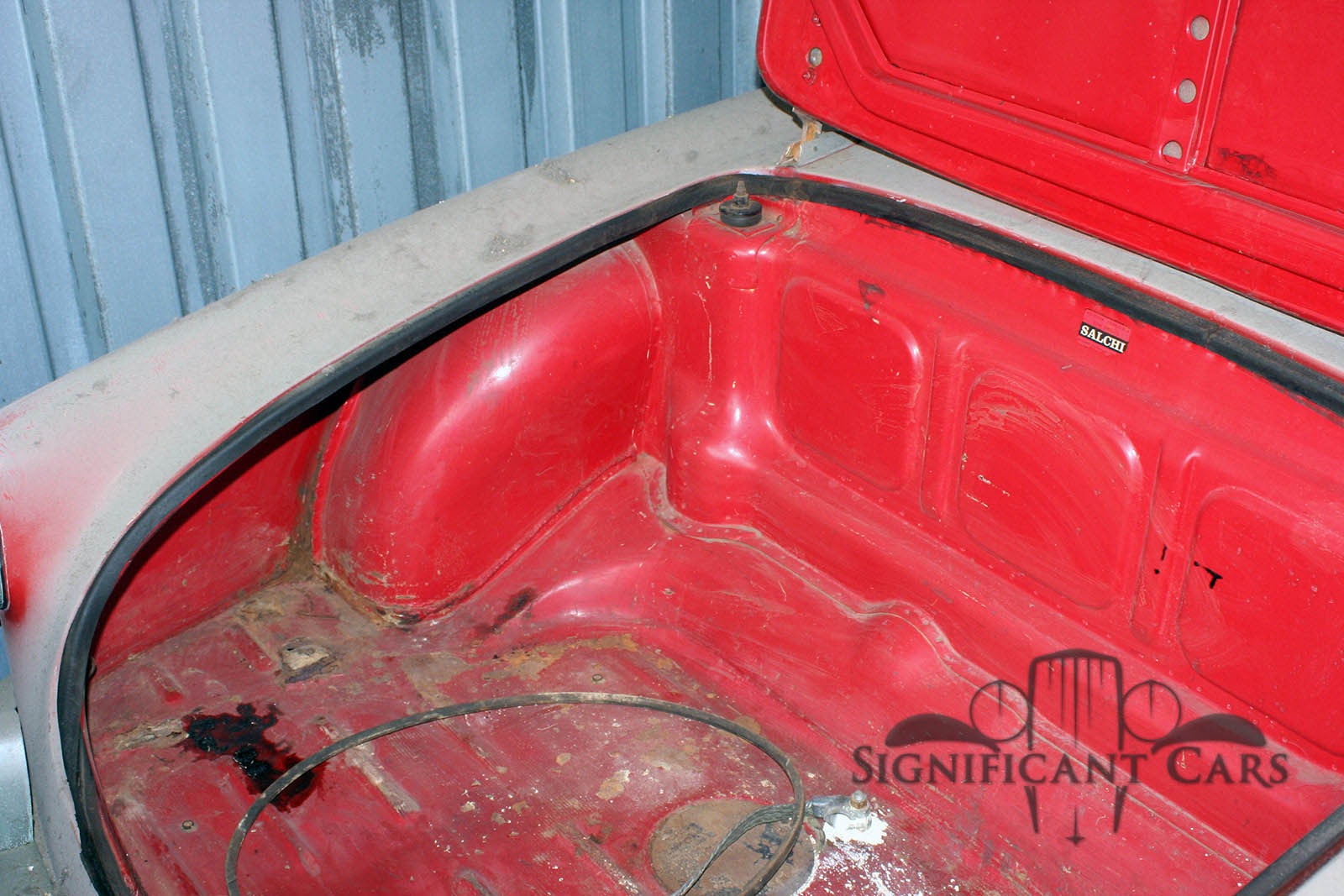
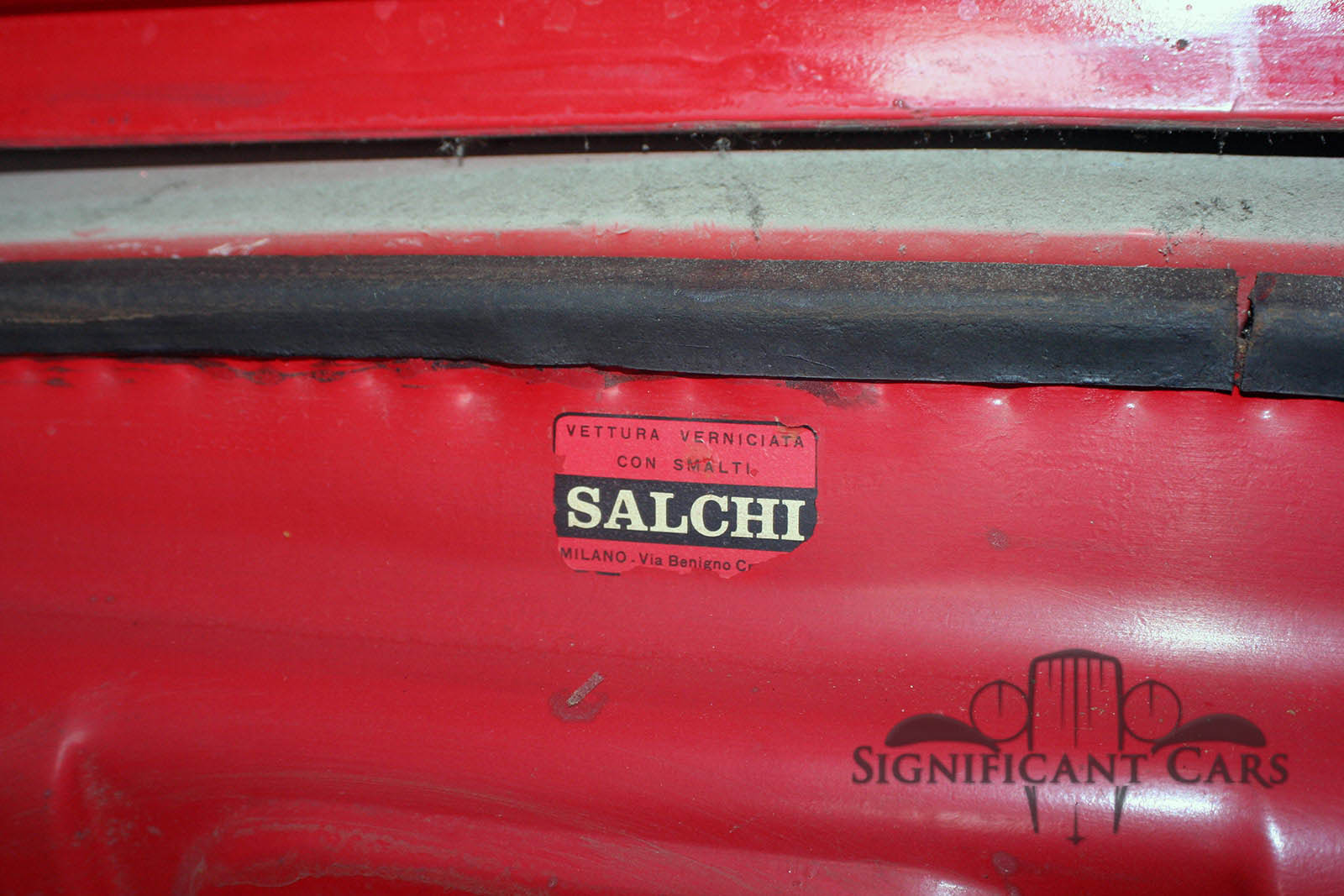
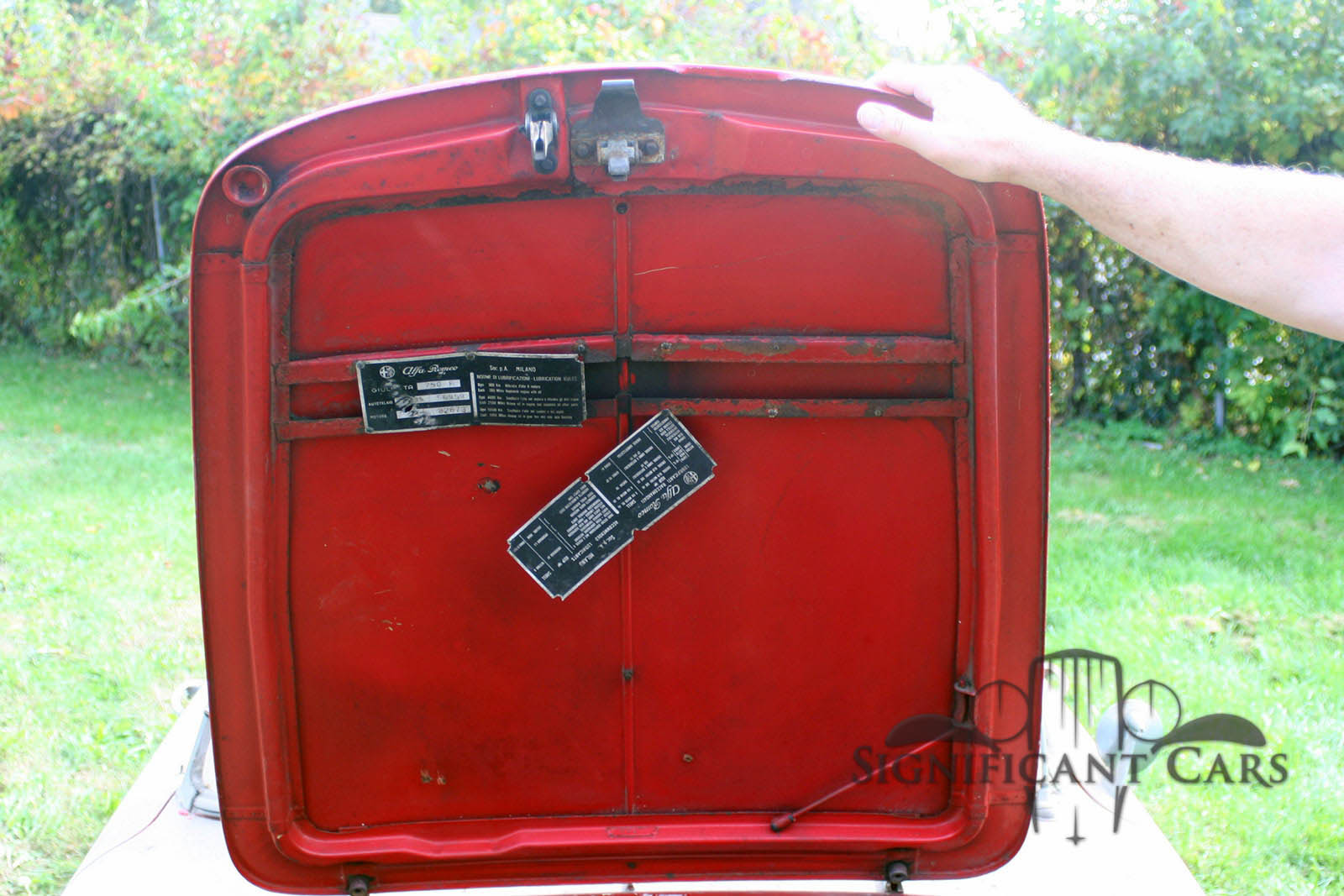
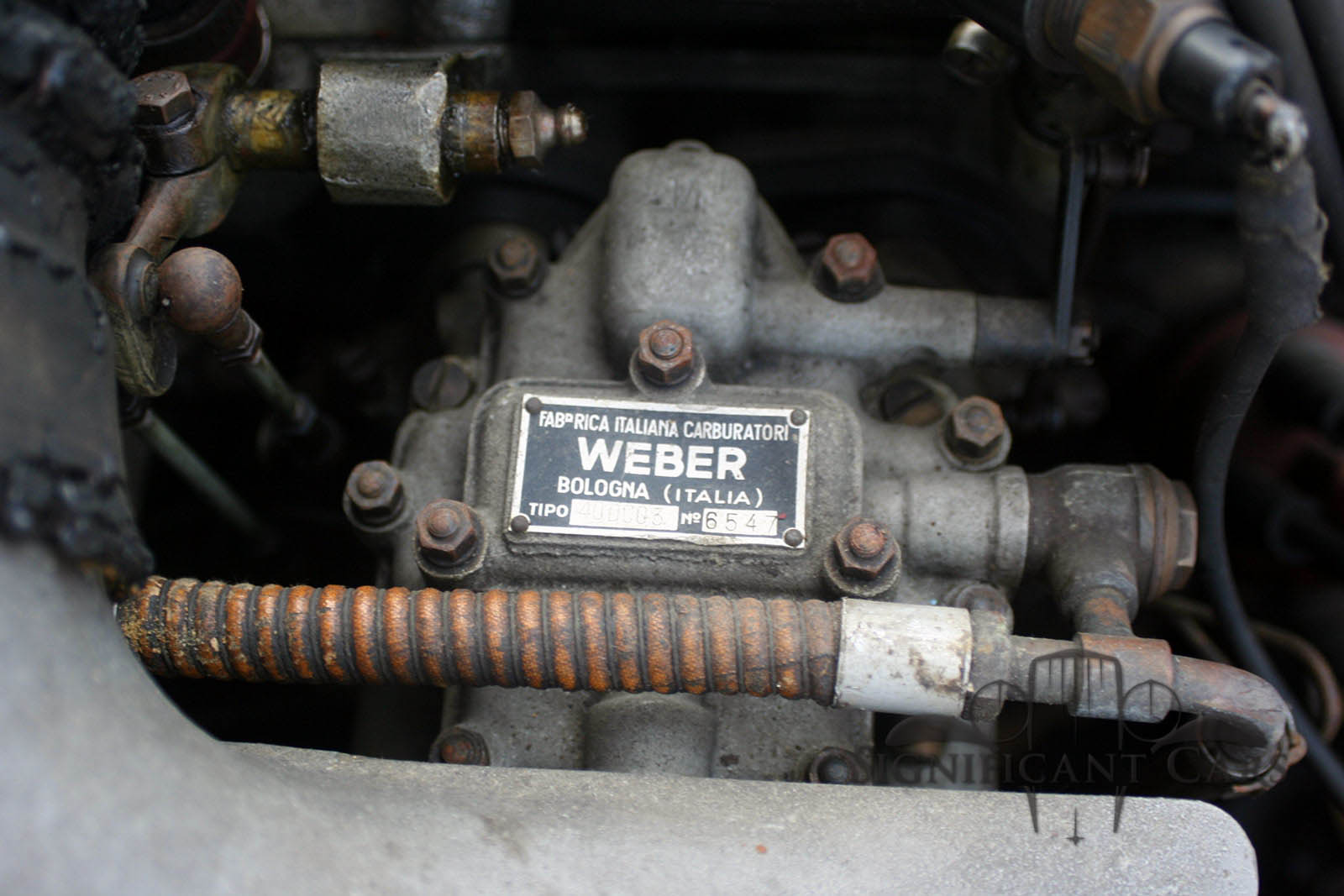
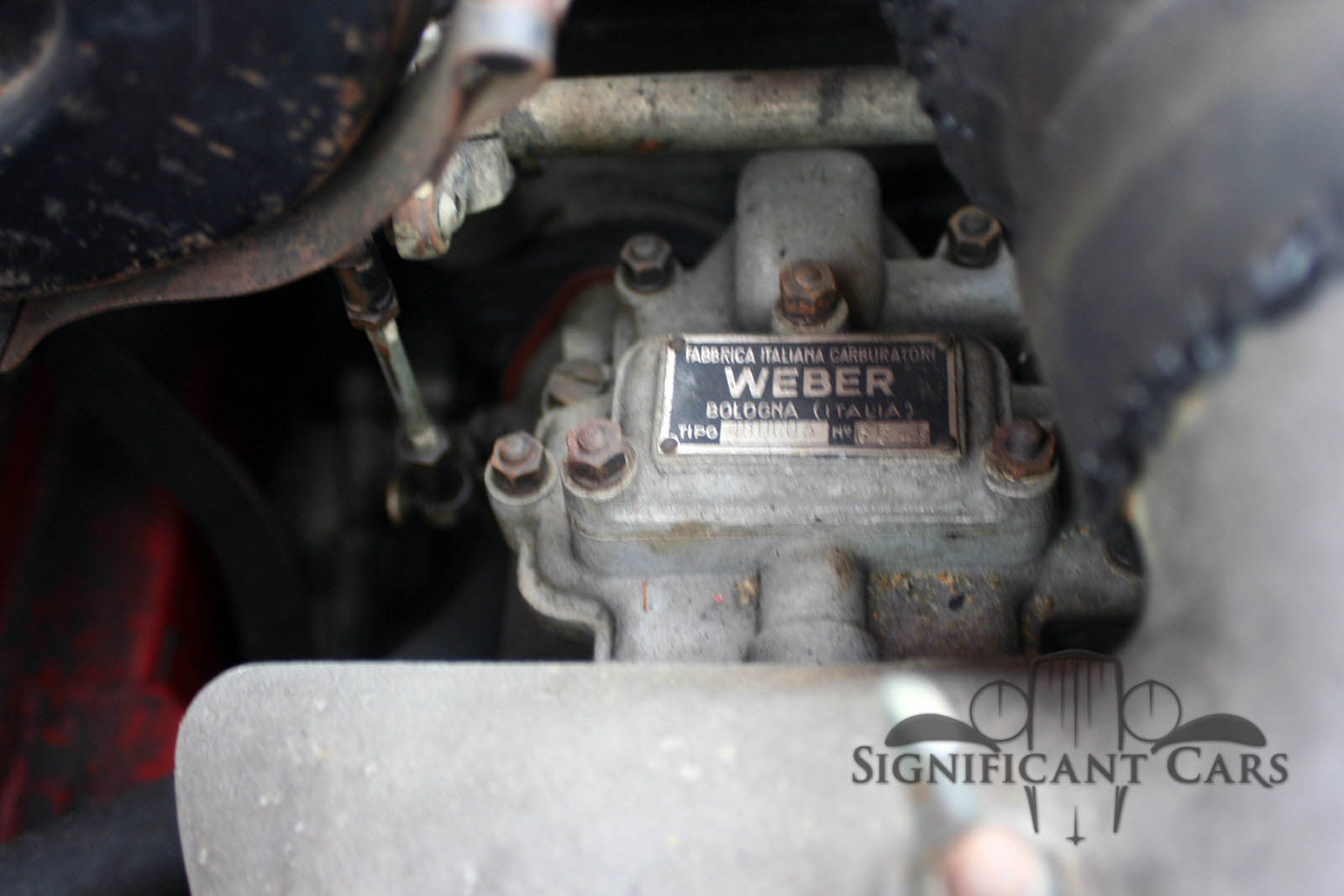
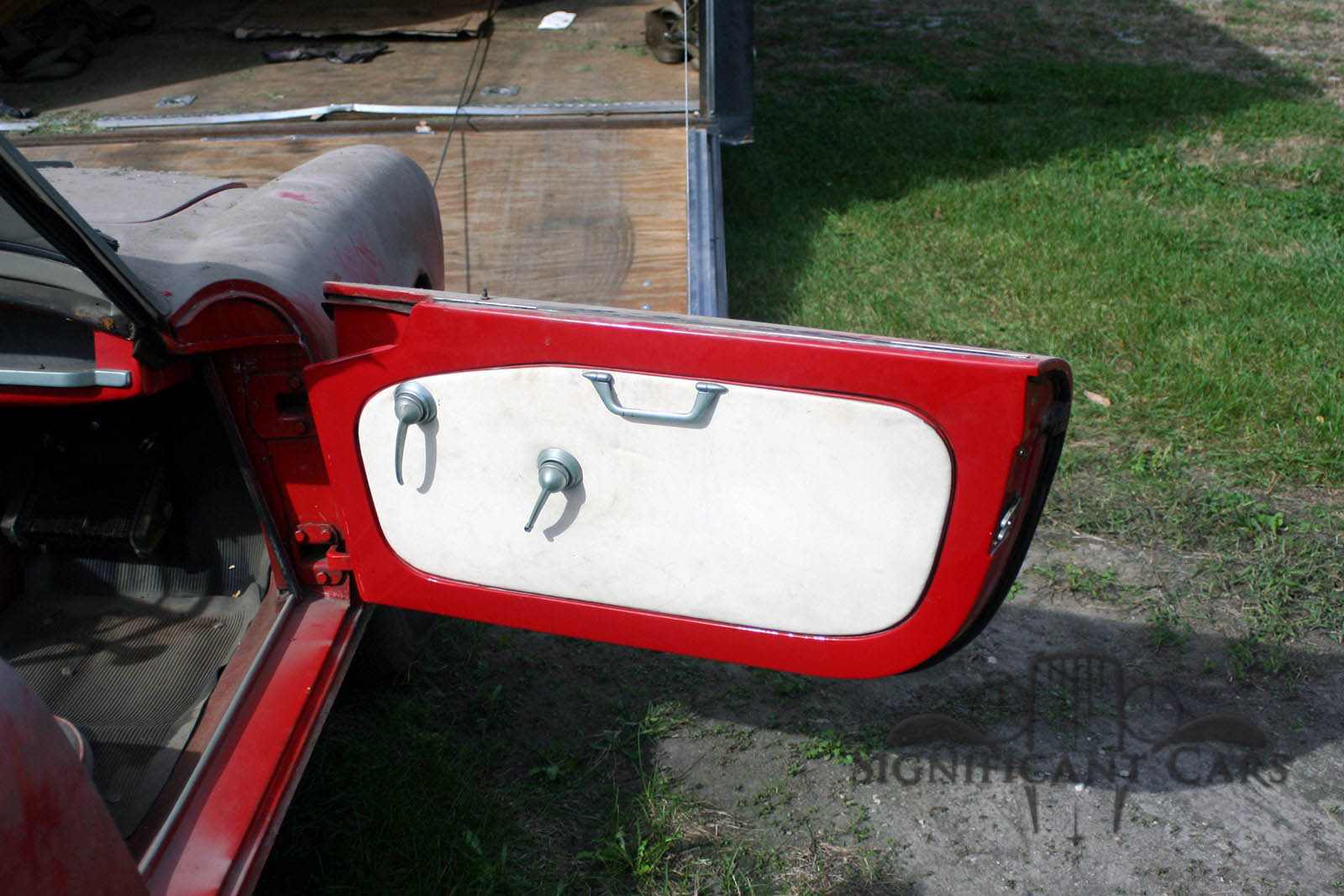
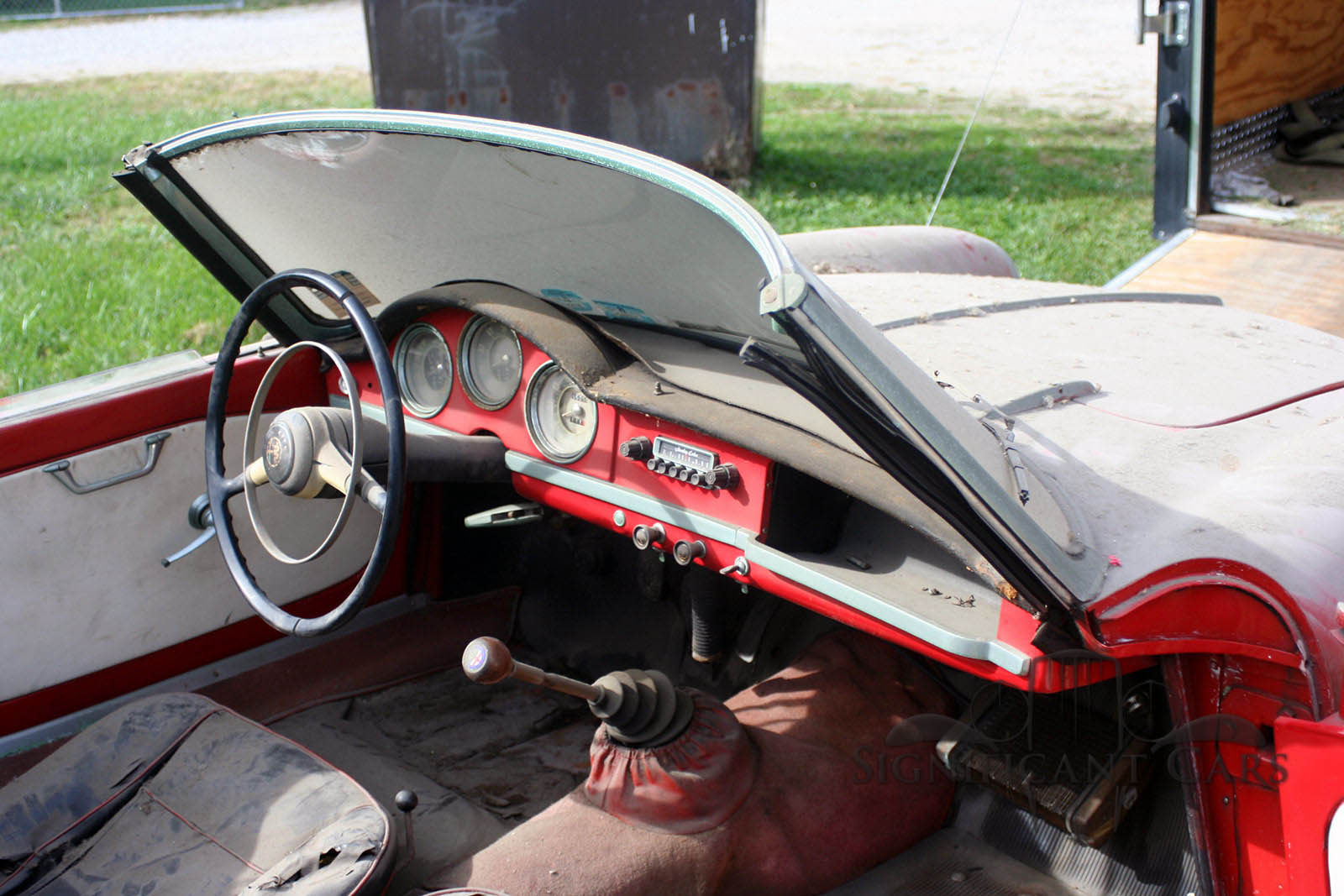
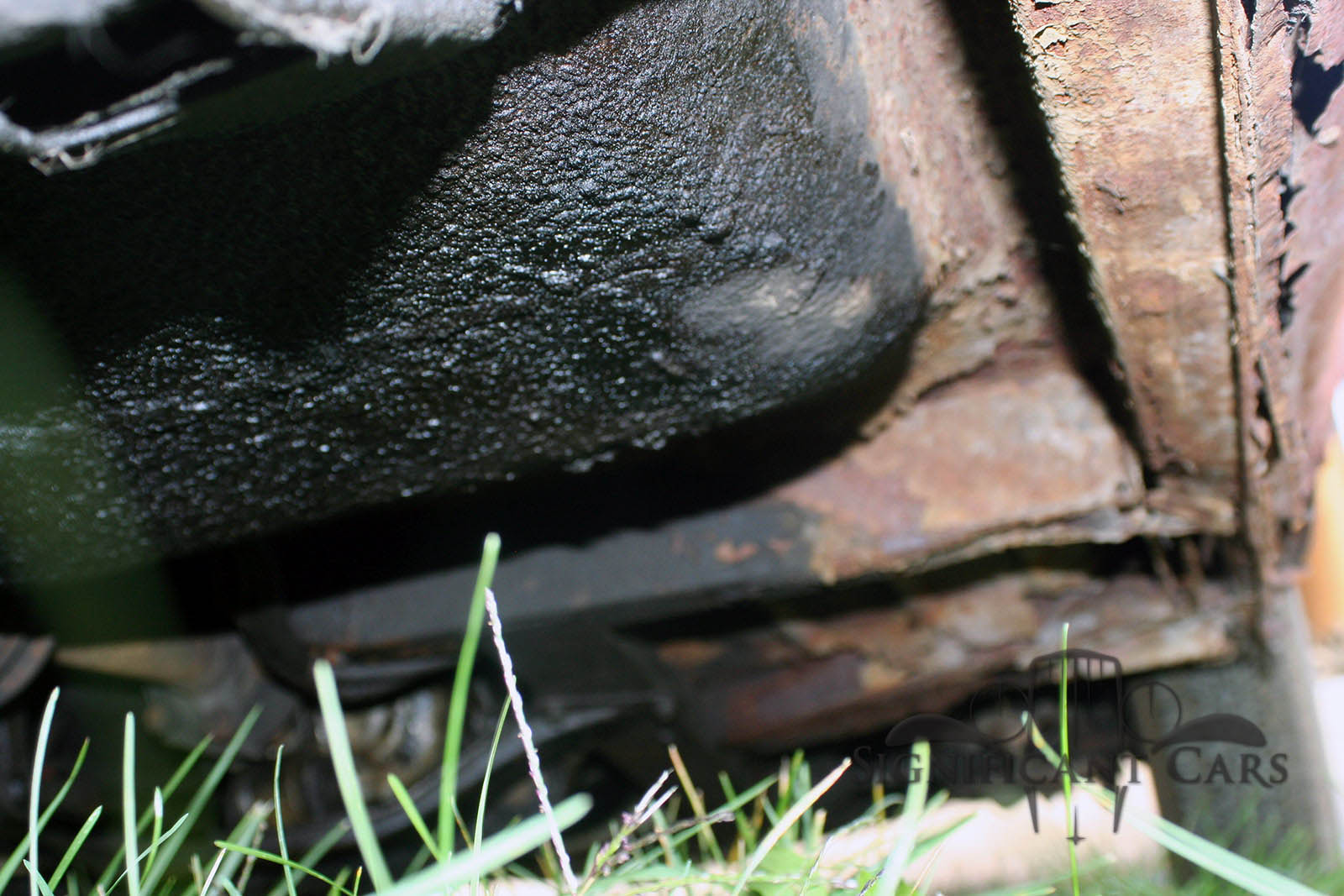
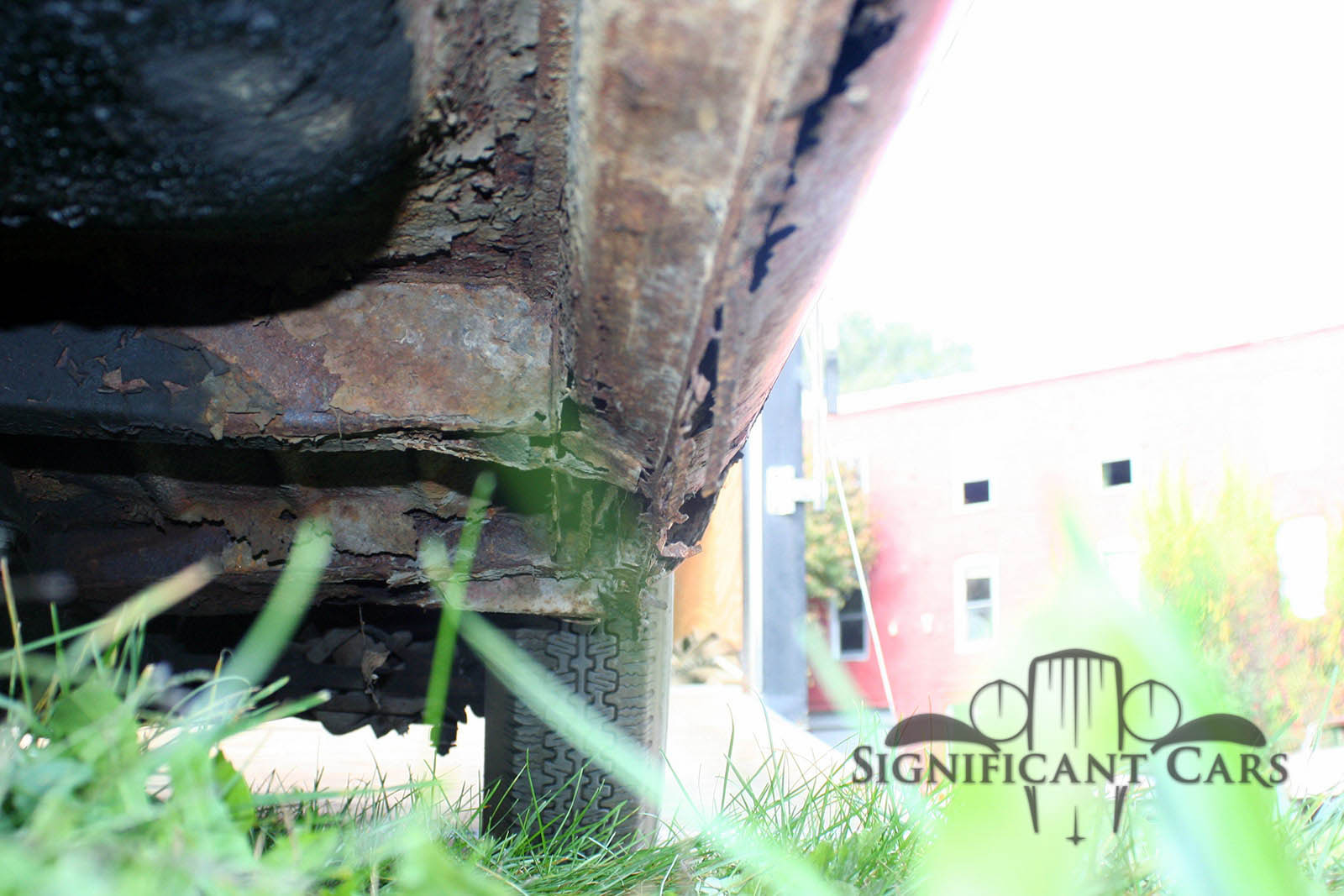
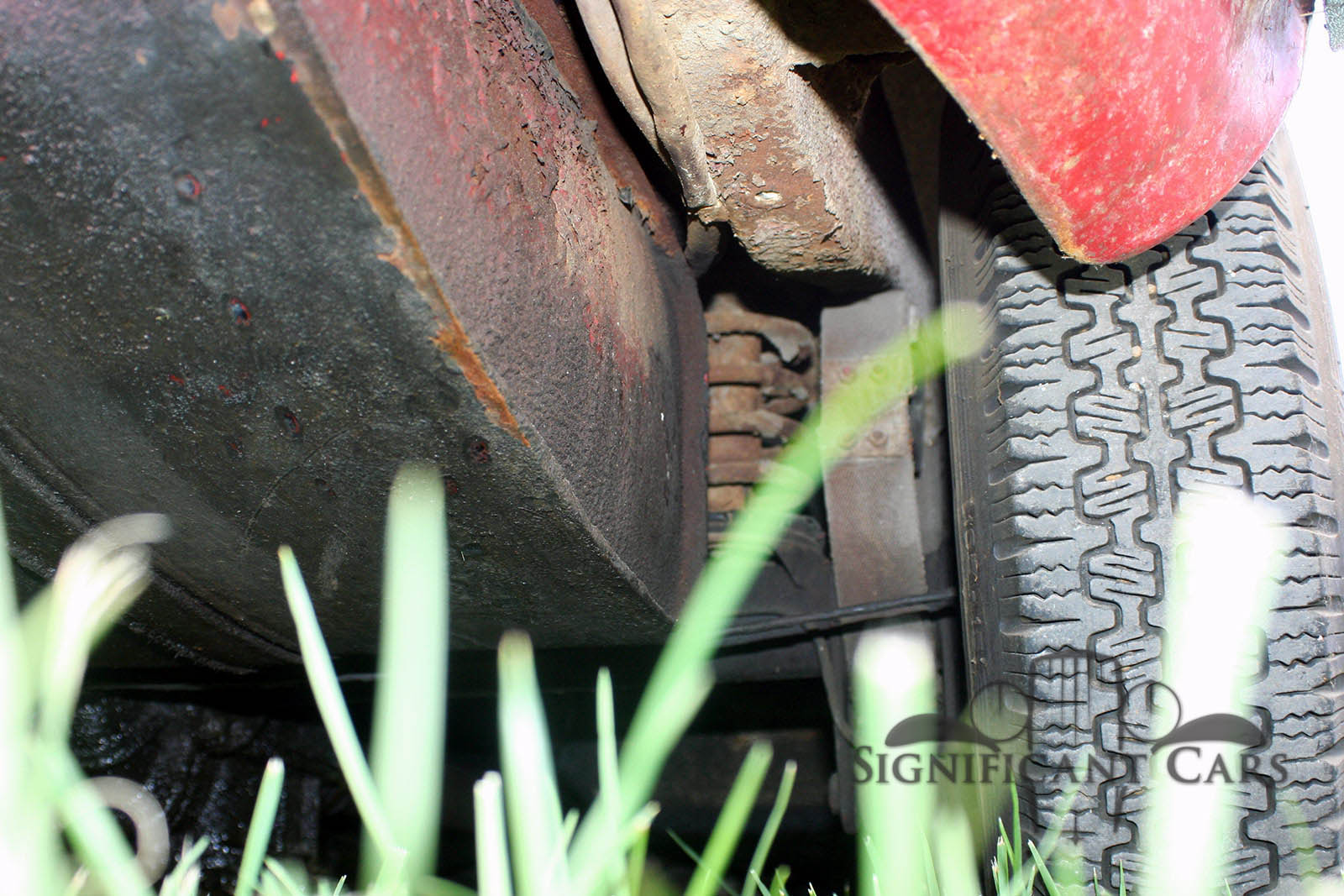
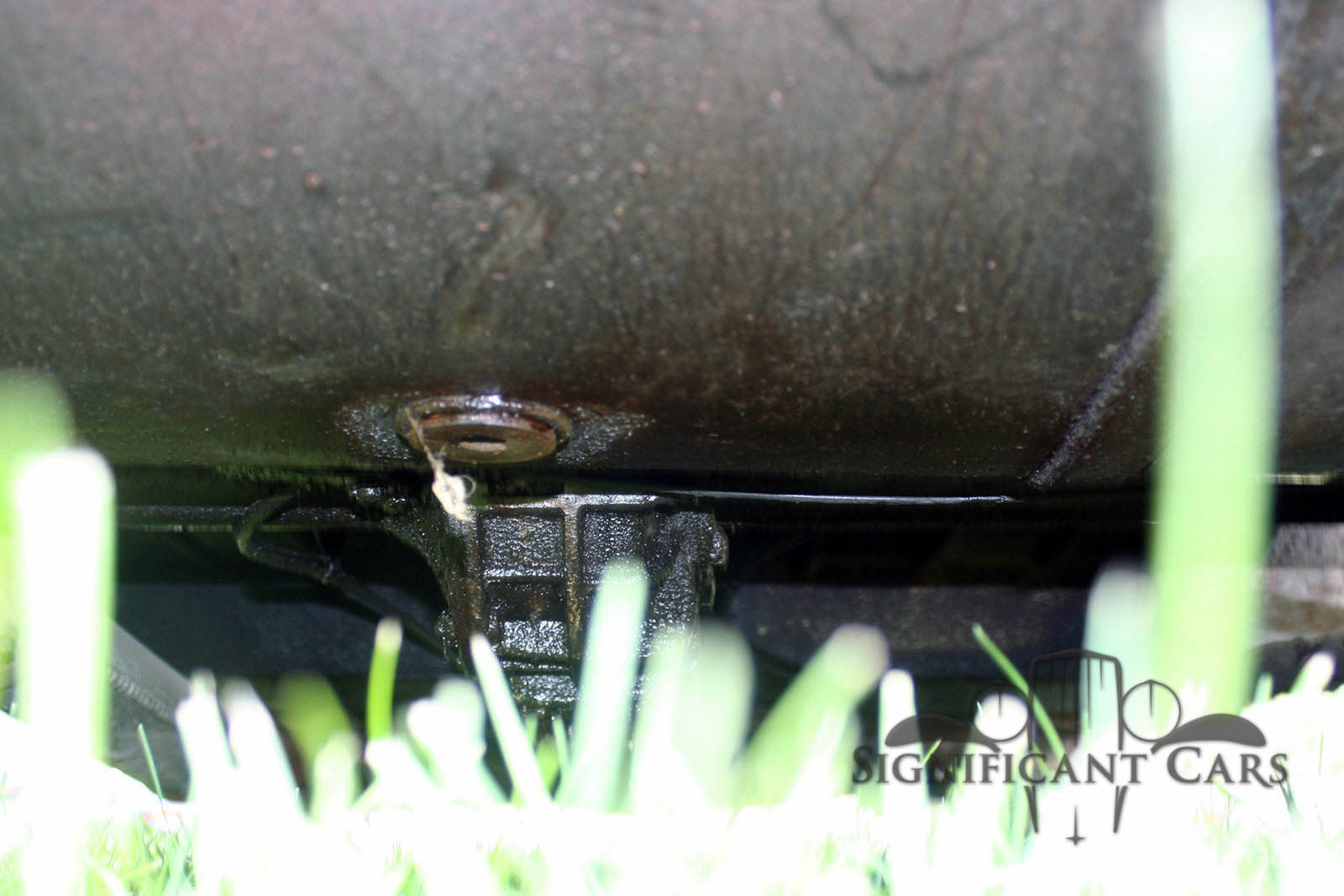
The company that became Alfa Romeo was founded as Società Anonima Italiana Darracq (SAID) in 1906 by the French automobile firm of Alexandre Darracq, with some Italian investors. One of them, Cavaliere Ugo Stella, an aristocrat from Milan, became chairman of the SAID in 1909. The firm's initial location was in Naples, but even before the construction of the planned factory had started, Darracq decided late 1906 that Milan would be a more suitable location and accordingly a tract of land was acquired in the Milan suburb of Portello, where a new factory of 6,700 square metres was erected. Late 1909, the Italian Darracq cars were selling slowly and Stella, with the other Italian co-investors, founded a new company named A.L.F.A. (Anonima Lombarda Fabbrica Automobili), initially still in partnership with Darracq. The first non-Darracq car produced by company was the 1910 24 HP, designed by Giuseppe Merosi, hired in 1909 for designing new cars more suitable to the Italian market. Merosi would go on to design a series of new A.L.F.A. cars with more powerful engines. A.L.F.A. also ventured into motor racing, drivers Franchini and Ronzoni competing in the 1911 Targa Florio with two 24 HP models. In 1914, an advanced Grand Prix car was designed and built, the GP1914 which featured a four cylinder, double overhead camshafts, four valves per cylinder and twin ignition.However, the onset of World War I halted automobile production at ALFA for three years.
In August 1915 the company came under the direction of Neapolitan entrepreneur Nicola Romeo, who converted the factory to produce military hardware for the Italian and Allied war efforts. Munitions, aircraft engines and other components, compressors and generators based on the company's existing car engines were produced in a vastly enlarged factory during the war. When the war was over, Romeo invested his war profits in acquiring locomotive and railways carriage plants in Saronno (Costruzioni Meccaniche di Saronno), Rome (Officine Meccaniche di Roma) and Naples (Officine Ferroviarie Meridionali), which were added to his A.L.F.A. ownership. Car production had not been considered at first, but resumed in 1919 since parts for the completion of 105 cars were still lying at the A.L.F.A. factory since 1915. In 1920, the name of the company was changed to Alfa Romeo with the Torpedo 20-30 HP becoming the first car to be badged as such.Their first success came in 1920 when Giuseppe Campari won at Mugello and continued with second place in the Targa Florio driven by Enzo Ferrari. Giuseppe Merosi continued as head designer, and the company continued to produce solid road cars as well as successful race cars (including the 40-60 HP and the RL Targa Florio).
In 1923 Vittorio Jano was lured away from Fiat, partly thanks to the persuasion of a young Alfa racing driver named Enzo Ferrari, to replace Merosi as chief designer at Alfa Romeo. The first Alfa Romeo under Jano was the P2 Grand Prix car, which won Alfa Romeo the inaugural world championship for Grand Prix cars in 1925. For Alfa road cars Jano developed a series of small-to-medium-displacement 4, 6, and 8 cylinder inline power plants based on the P2 unit that established the classic architecture of Alfa engines, with light alloy construction, hemispherical combustion chambers, centrally-located plugs, two rows of overhead valves per cylinder bank and dual overhead cams. Jano's designs proved to be both reliable and powerful.
Enzo Ferrari proved to be a better team manager than driver, and when the factory team was privatised, it then became Scuderia Ferrari. When Ferrari left Alfa Romeo, he went on to build his own cars. Tazio Nuvolari often drove for Alfa, winning many races prior to World War II.
In 1928 Nicola Romeo left, with Alfa going broke after defense contracts ended, and in the end of 1932 Alfa Romeo was rescued by the government, which then had effective control. Alfa became an instrument of Mussolini's Italy, a national emblem. During this period Alfa Romeo built bespoke vehicles for the wealthy, with the bodies normally built by Touring of Milan or Pininfarina. This was the era that peaked with the legendary Alfa Romeo 2900B Type 35 racers.
The Alfa factory (converted during wartime to the production of Macchi C.202 Folgore engines) was bombed during World War II, and struggled to return to profitability after the war. The luxury vehicles were out. Smaller mass-produced vehicles began to be produced in Alfa's factories beginning with the 1954 model year, with the introduction of the Giulietta series
The Alfa Romeo Giulietta (series 750 and 101) was manufactured from 1954 to 1965. The first Giulietta model was a coupé, the Giulietta Sprint, introduced in late 1954. This was followed by a sedan in spring 1955 and in mid 1955, the open two-seat Giulietta Spider, featuring convertible bodywork by Pininfarina The Giulietta used an Alfa Romeo Twin Cam engine of 1290 cc straight-4, with light alloy cylinder block and alloy cylinder head with twin overhead camshafts. The original Giulietta engine produced a power output of 53 bhp in the sedan and 80 bhp in the Giulietta Sprint. This was increased to 100 bhp in later sporting models such as the Giulietta Sprint Speciale and the Giulietta Sprint SZ (Sprint Zagato).
I just retrieved this car from a storage bin-rather than a barn-where the car has sat for over 30 years. The gentleman who owned the car bought the car in 1968 from the original owner. He was reluctant to part with the car. It was his baby and his favorite out of his 5 car collection. As you can see it's a true Veloce with its original carburators. Yes there is rust- this is the midwest- but it seems to be mostly limited to the rockers, the floors appear solid although there is a large rust area where the batery resided in the trunk of course. The top appears to be in good condition. We have not attempted to turn the engine over. It pushes rather easily, the brakes are not locked up and the tires hold air; surprisingly . As you can see this car was last registered in 1971.
It is missing its front eyebrow, the hubcaps, the drivers door handle button, and its tools and manuals, and at this point the key- which he is confident he does have somewhere, He said he never used the tools so he didn't keep them in the car and can't remember if he has them or not. Memory is an issue here. He is going to try to locate other things but as of today this is what we have-what you see is what you get. The wire sticking out of the front is a rigged hood release he said he installed since the interior one must not be operable.
I am not a person who feels dust is of historic value, but I know some of you do, so we took care not to disturb the 30 years of accumulated dust when pulling it out of the bin. Its being offered as is- dust and all- right now. If it doesn't sell I won't be able to bring myself to leave it this way- just warning you.
I personally can't wait to try and get this baby running, but that's going to be your job really as the new owner. I am not going to bother to go over how rare and desirable this car is- if you have read this far you already know.



































